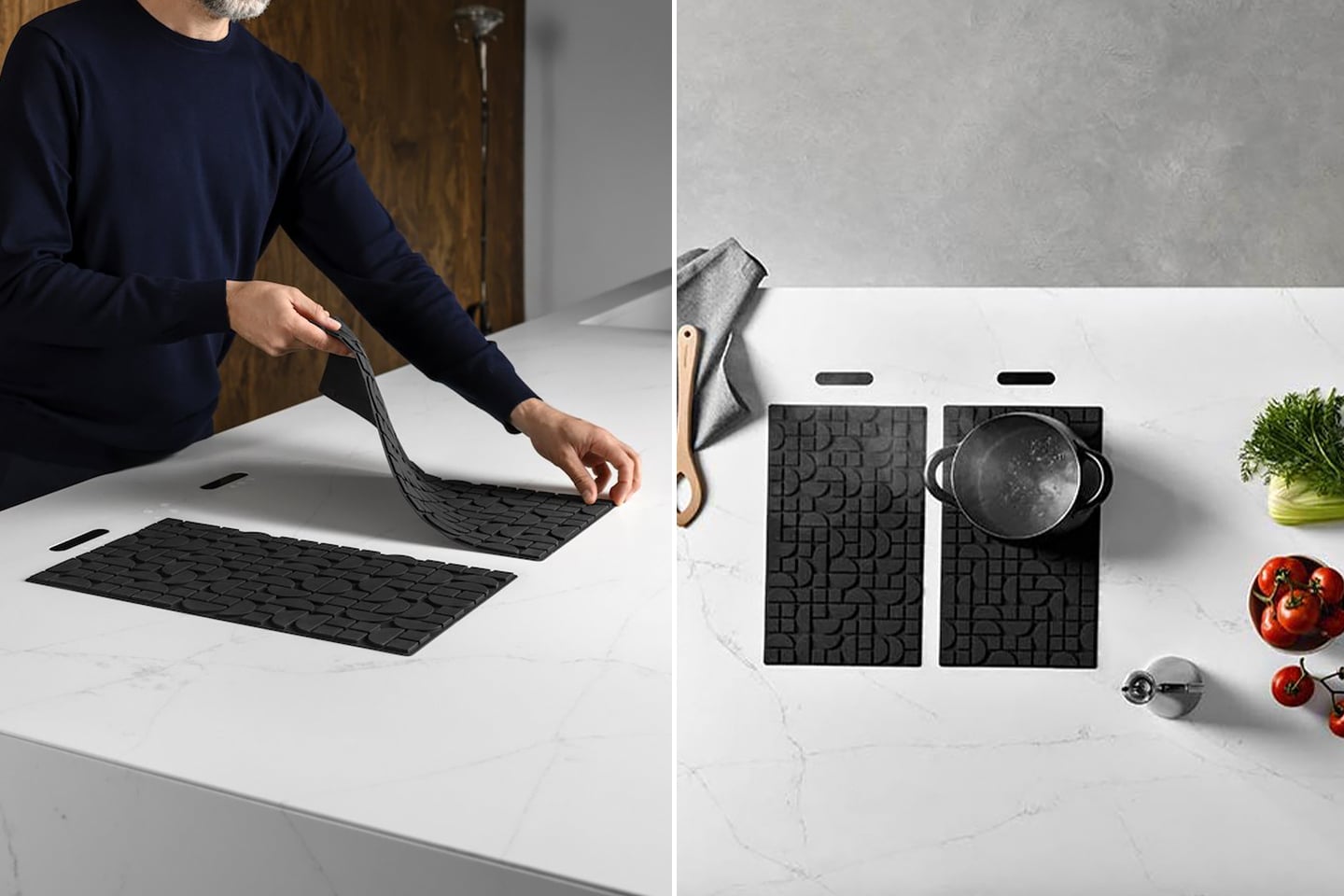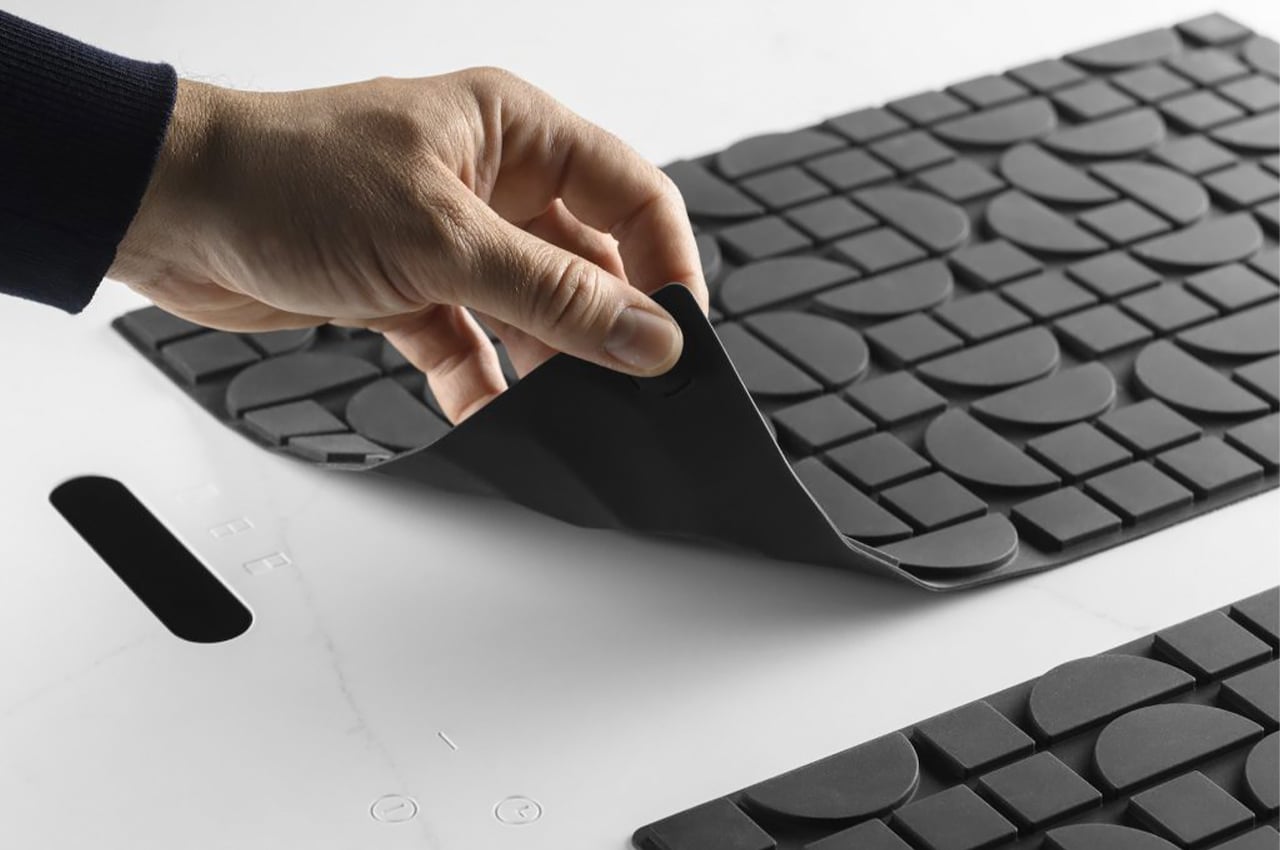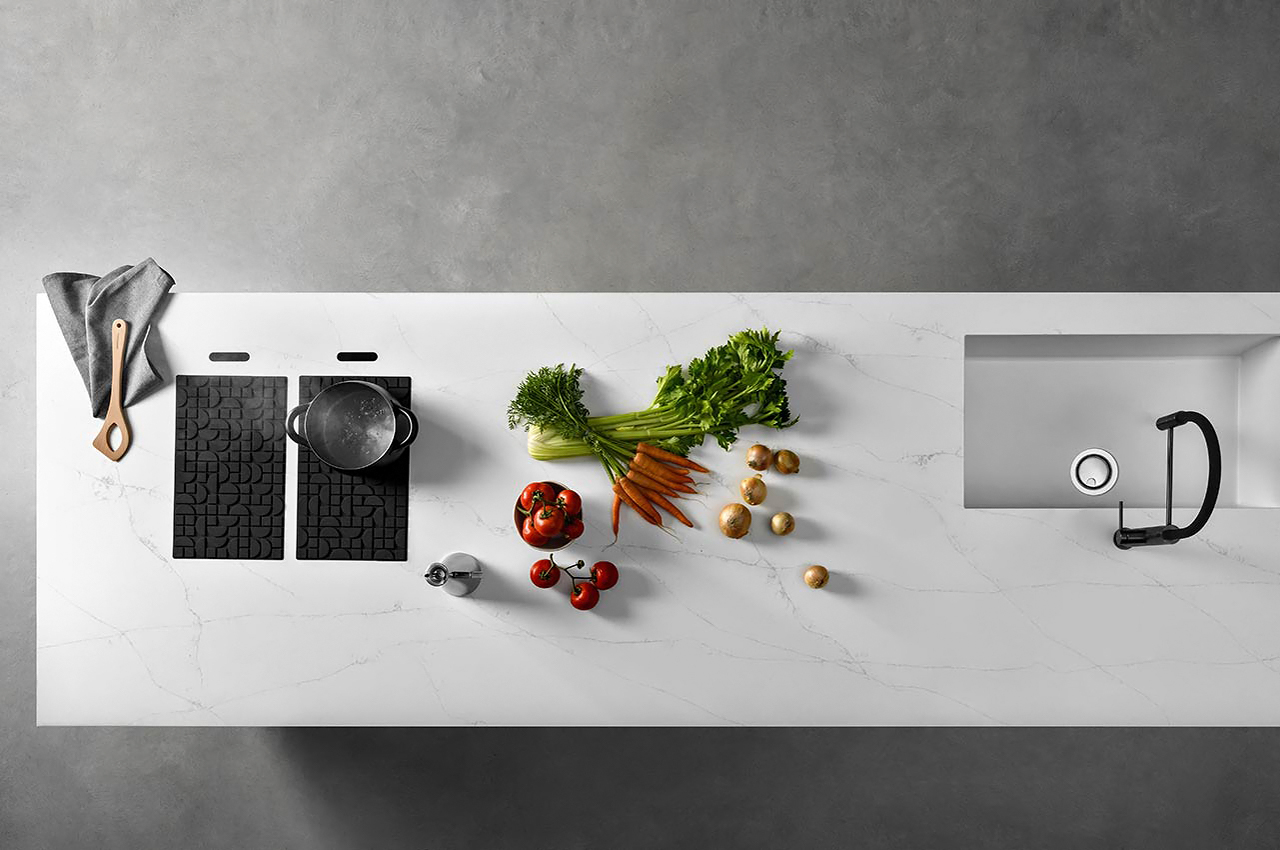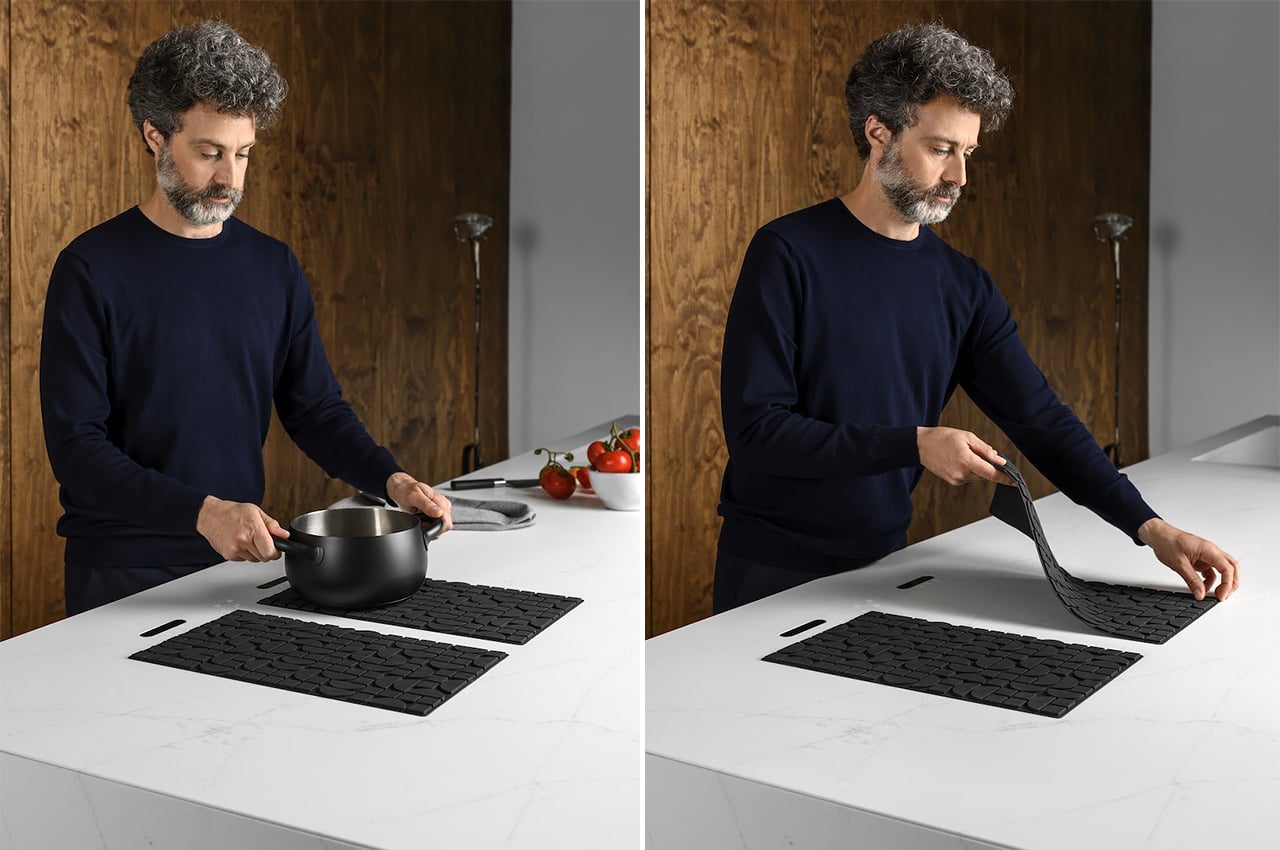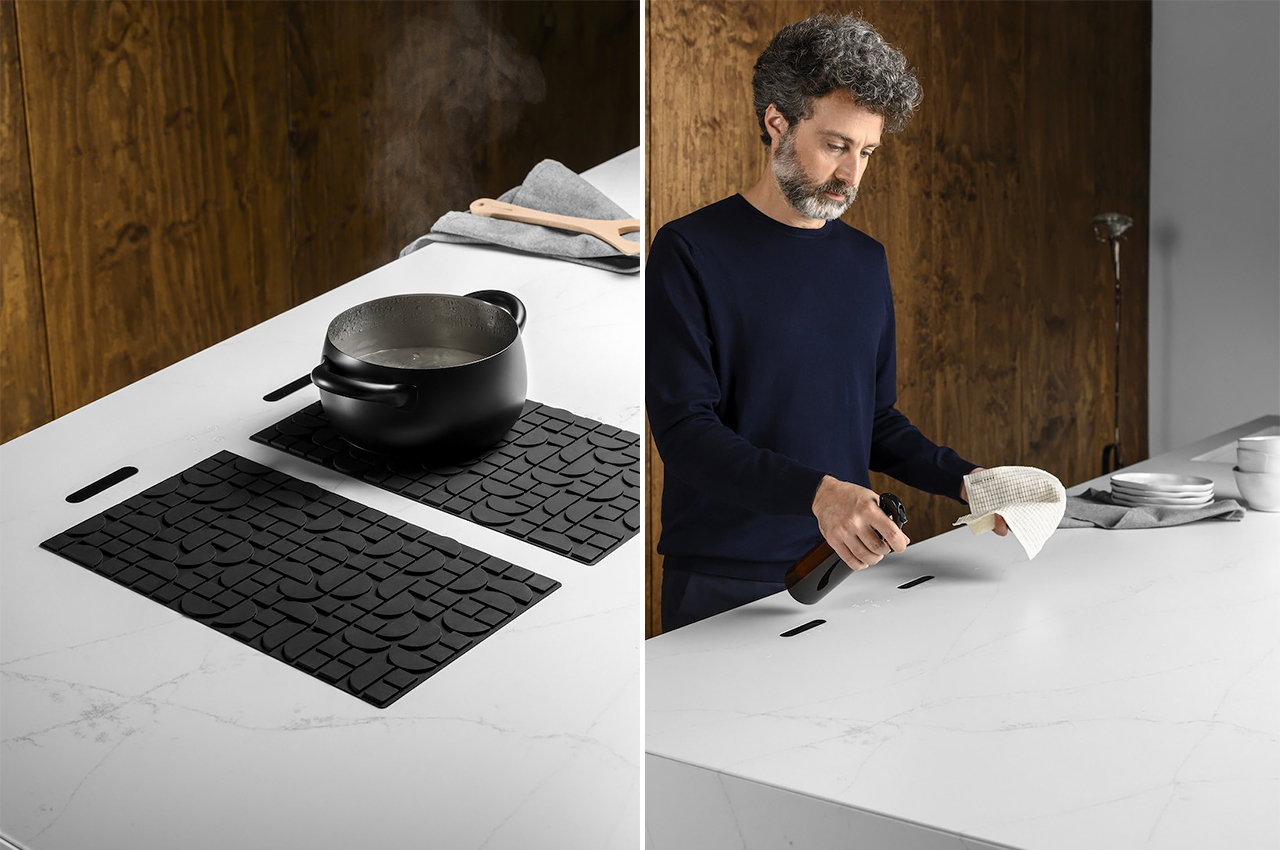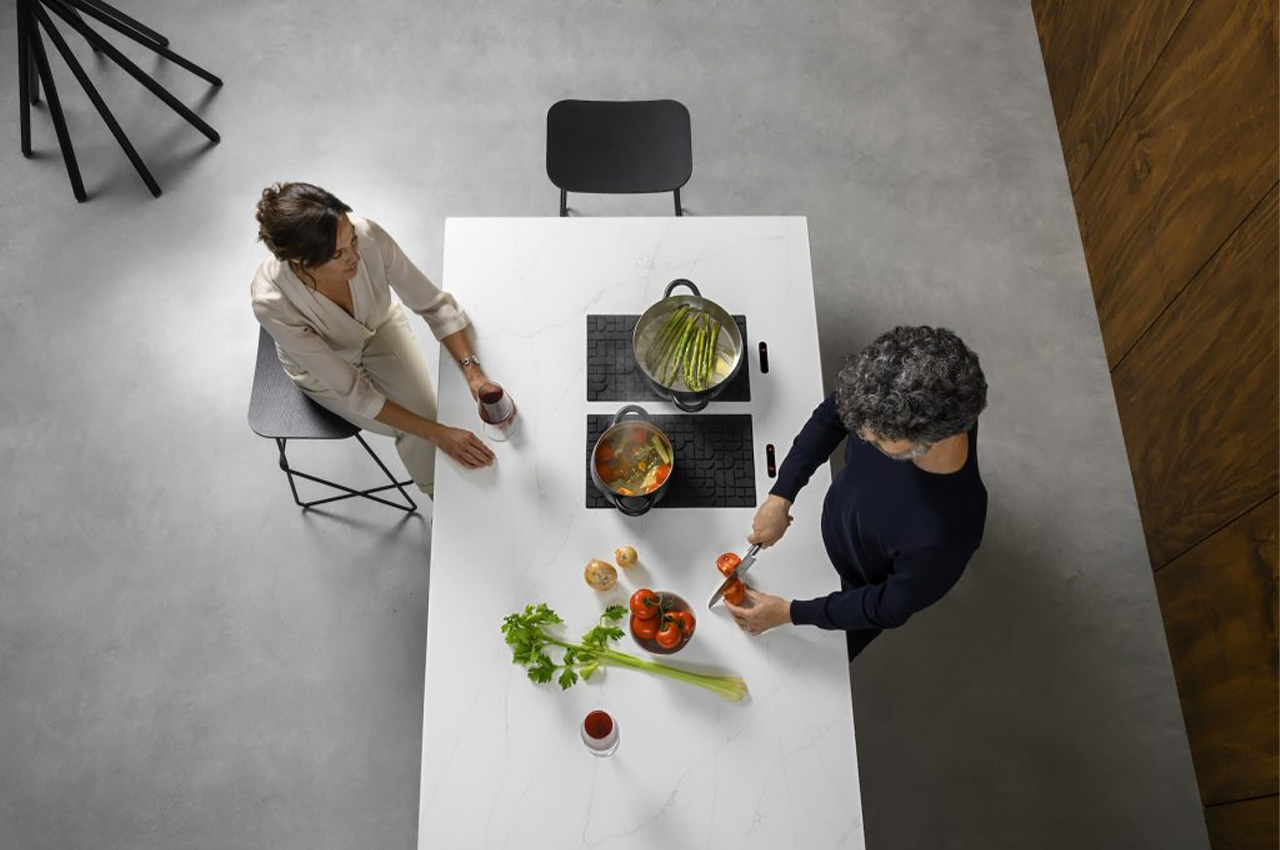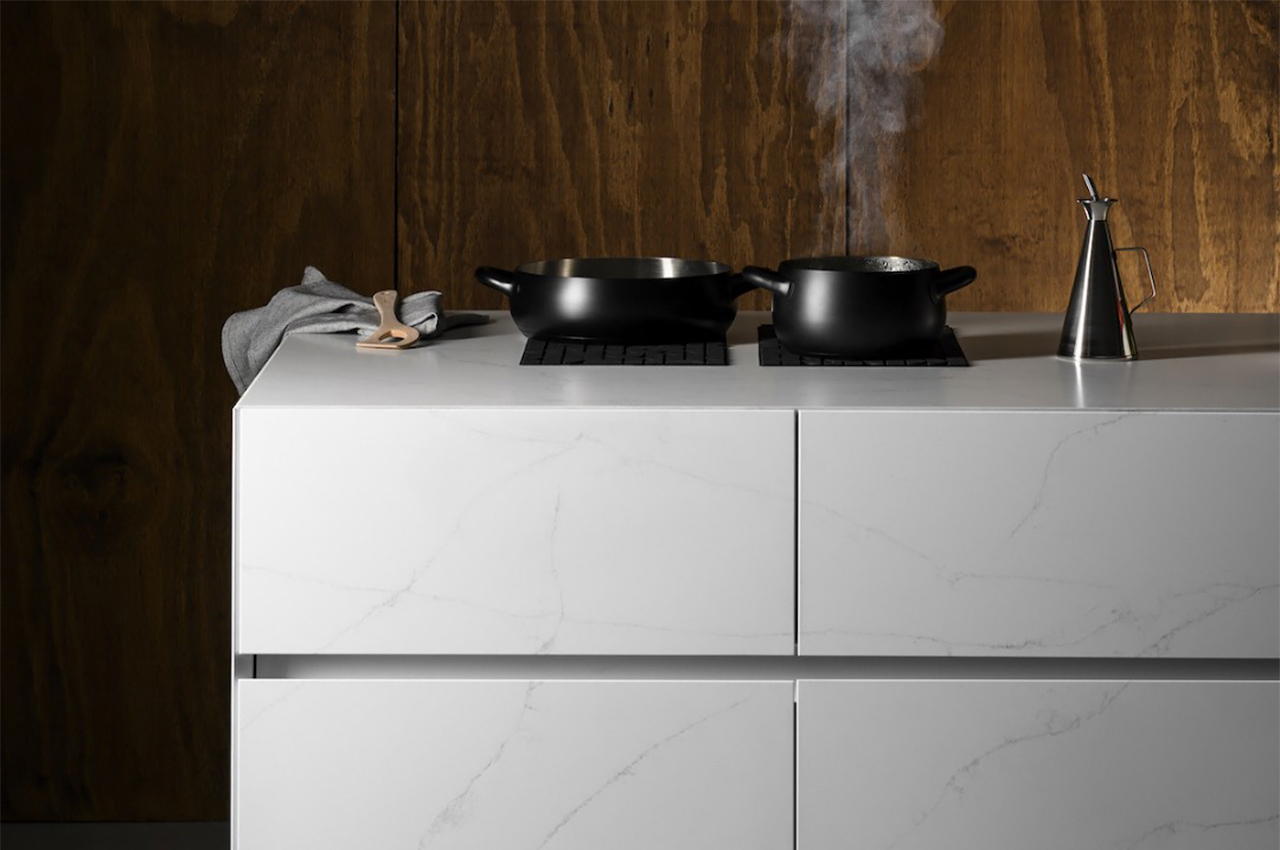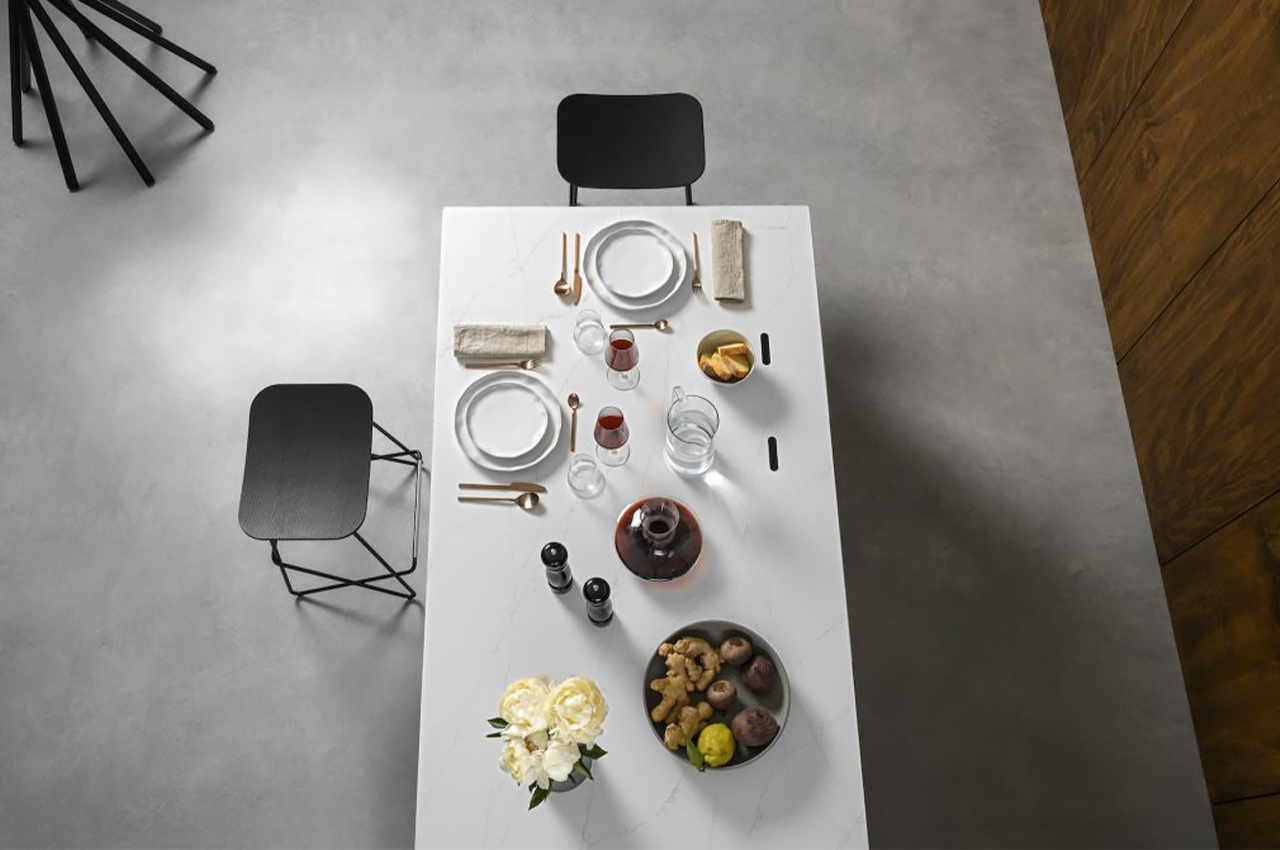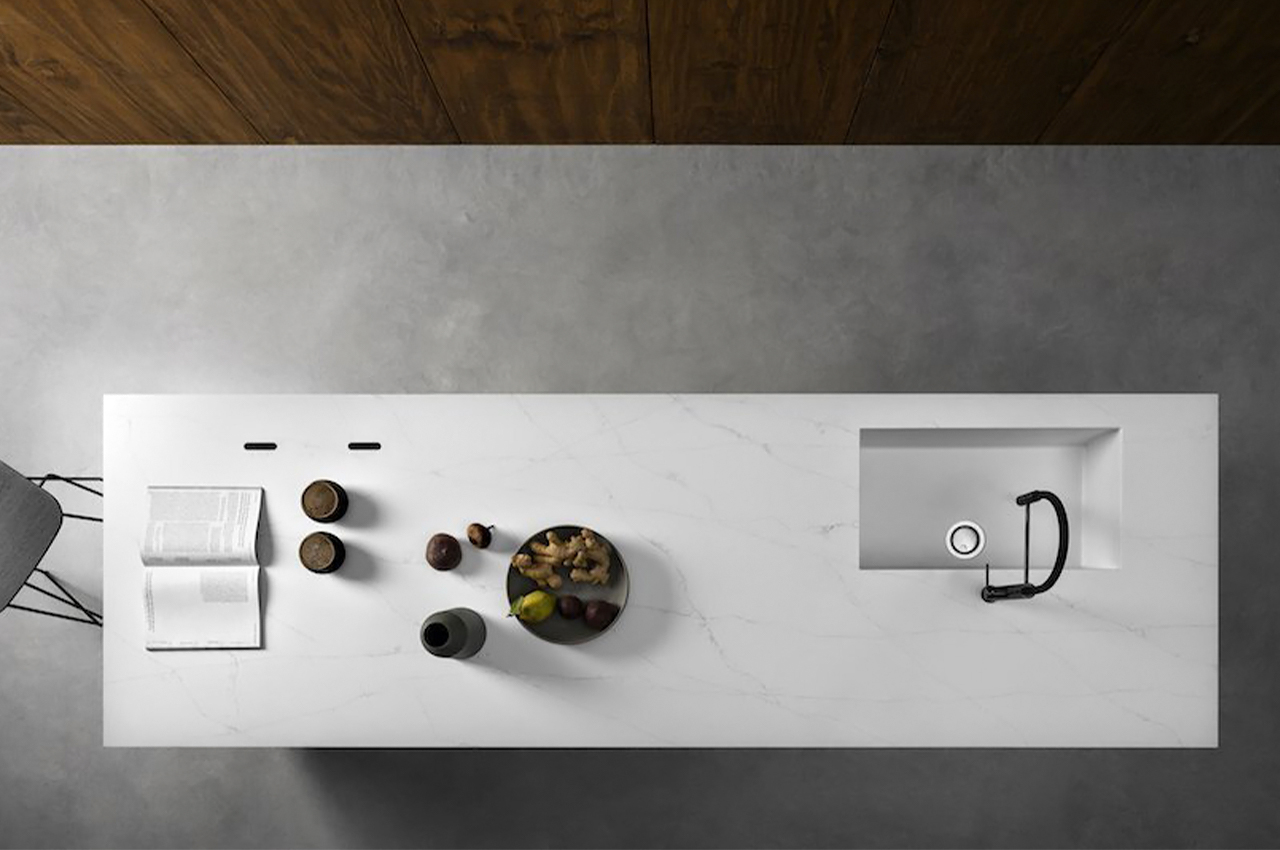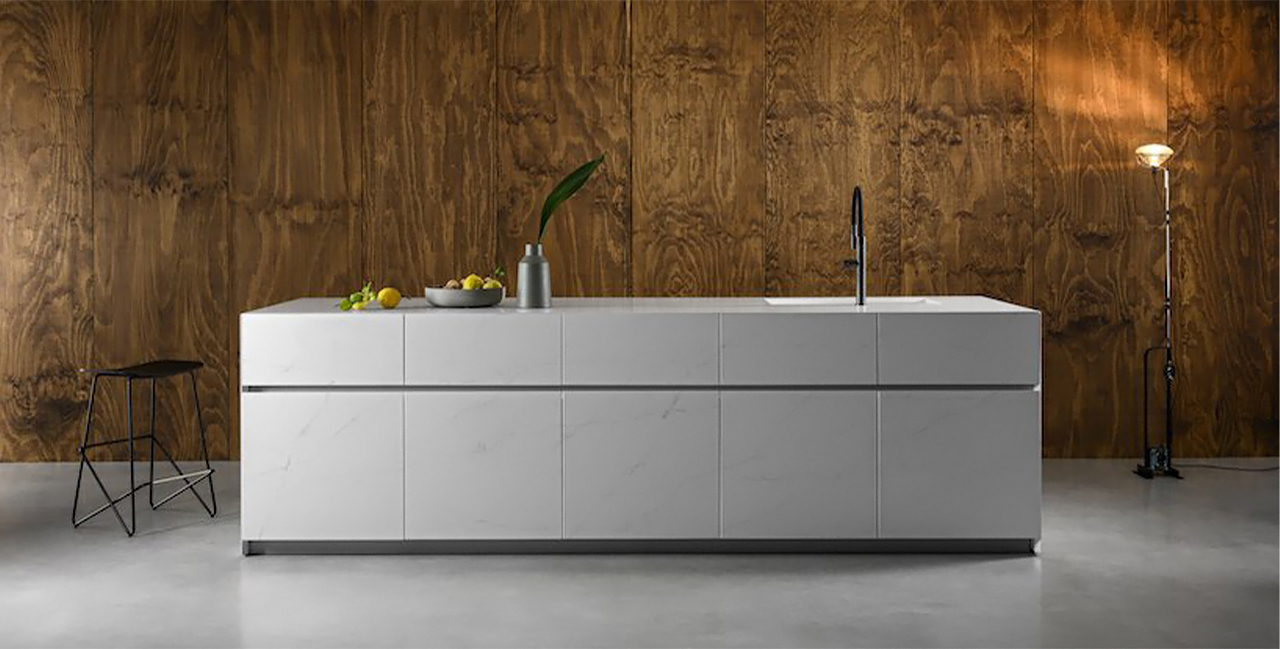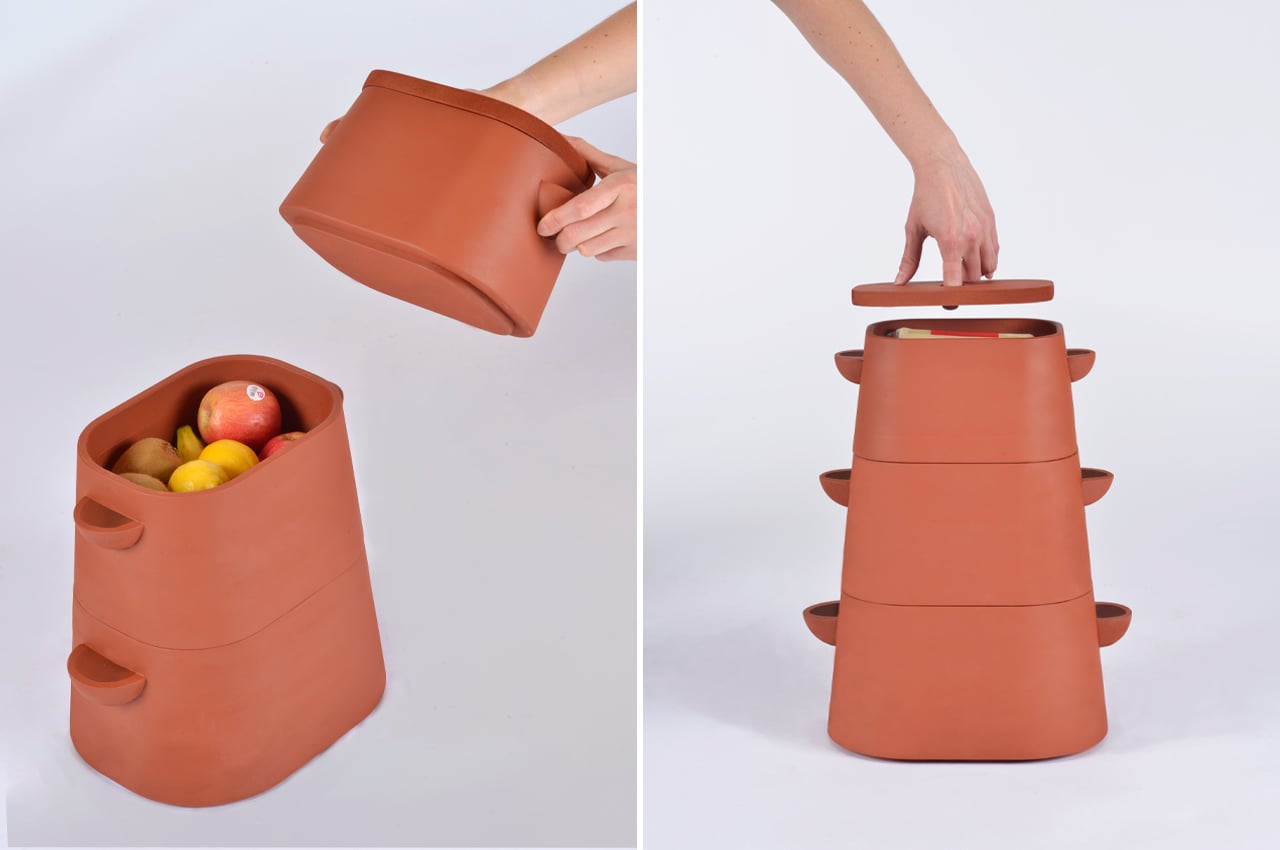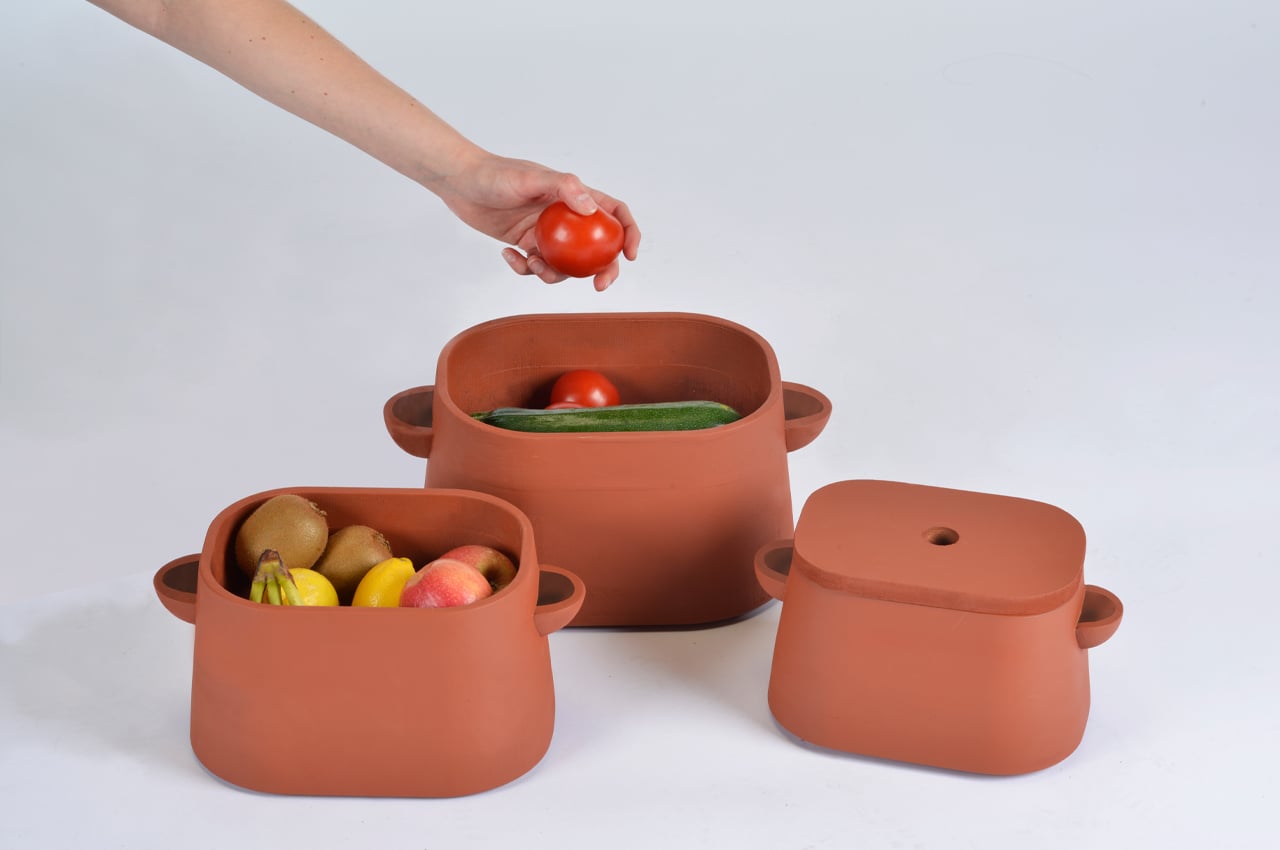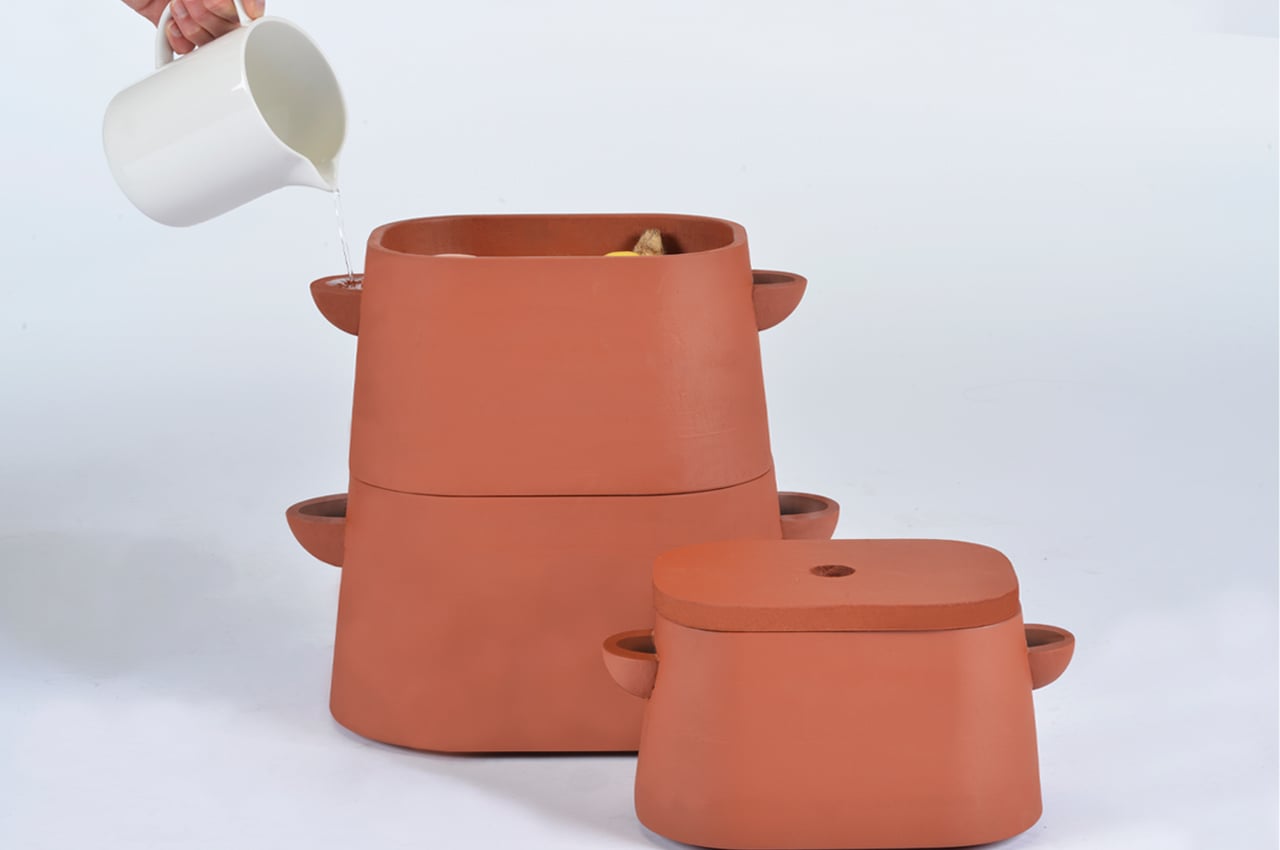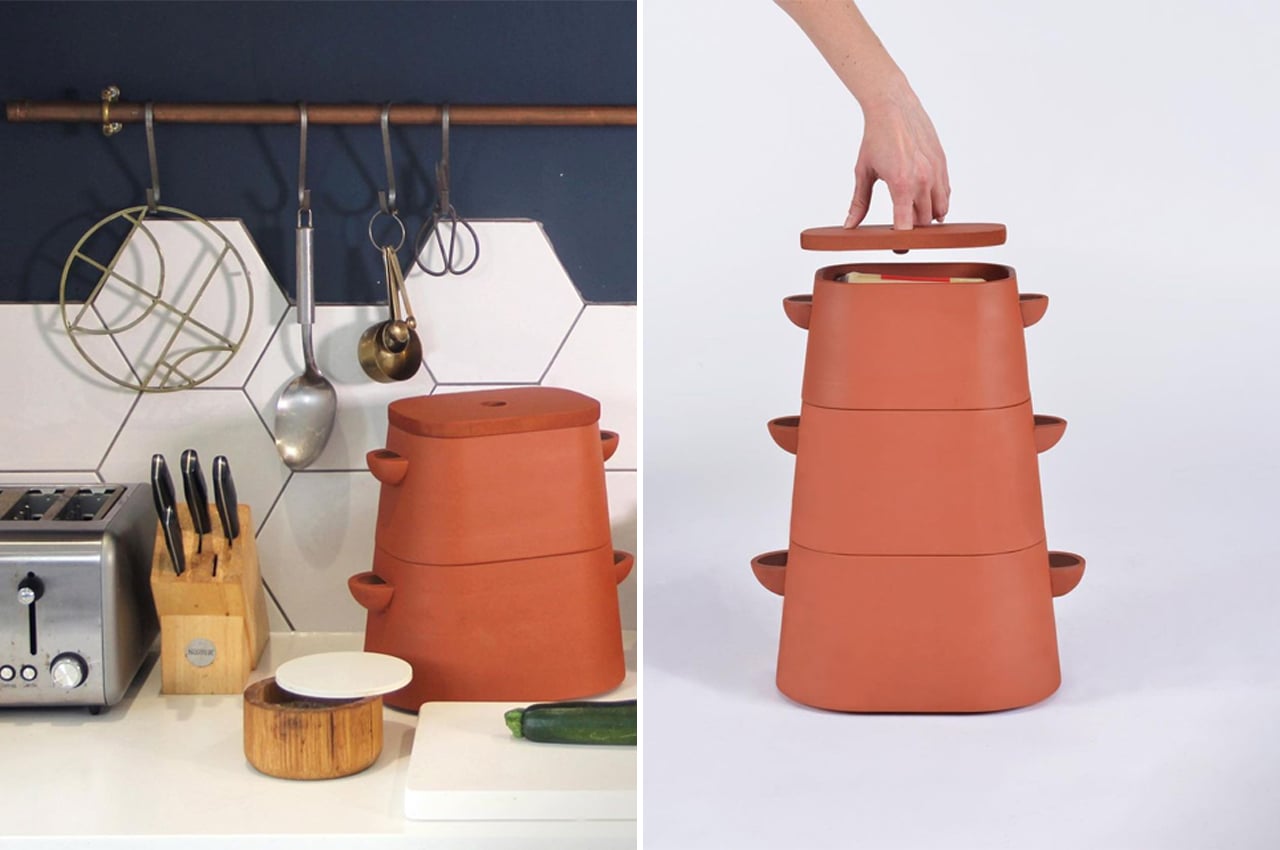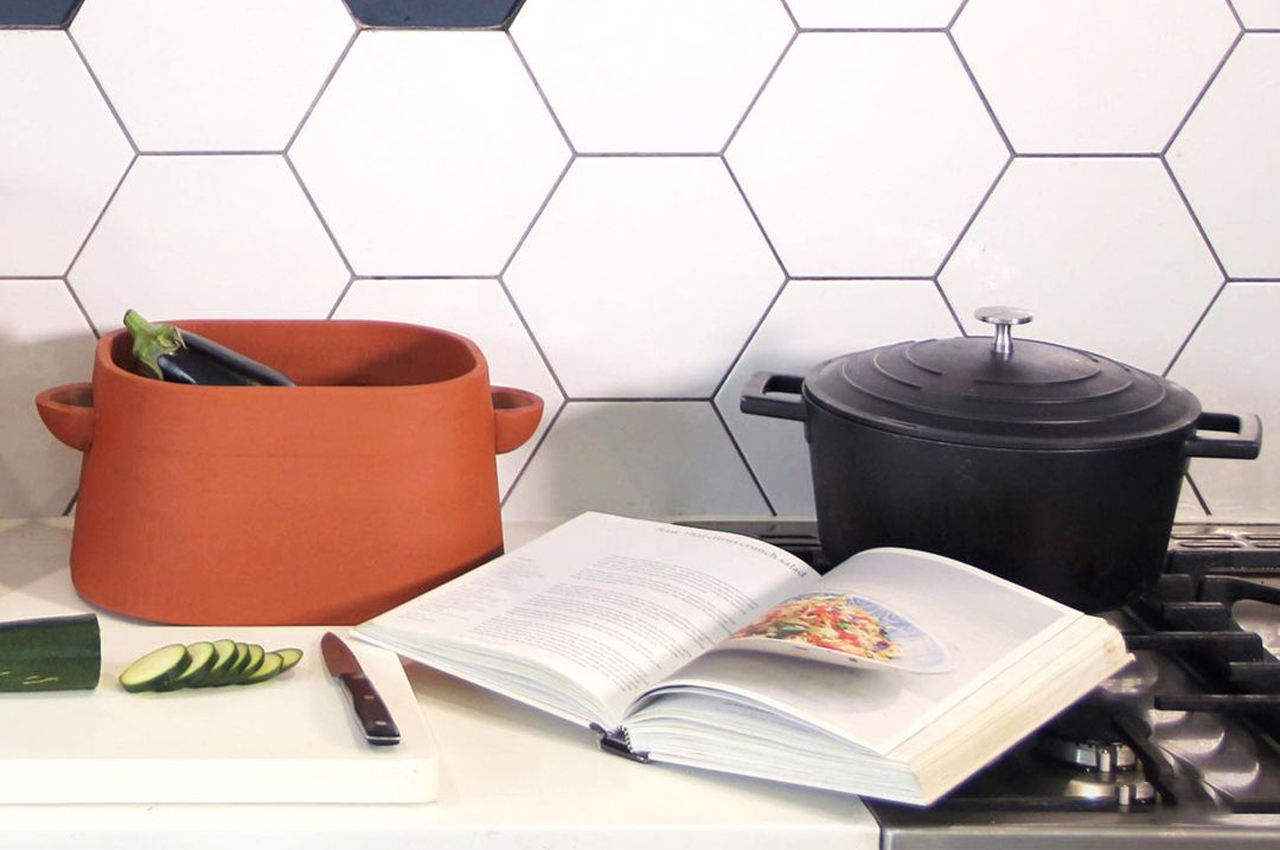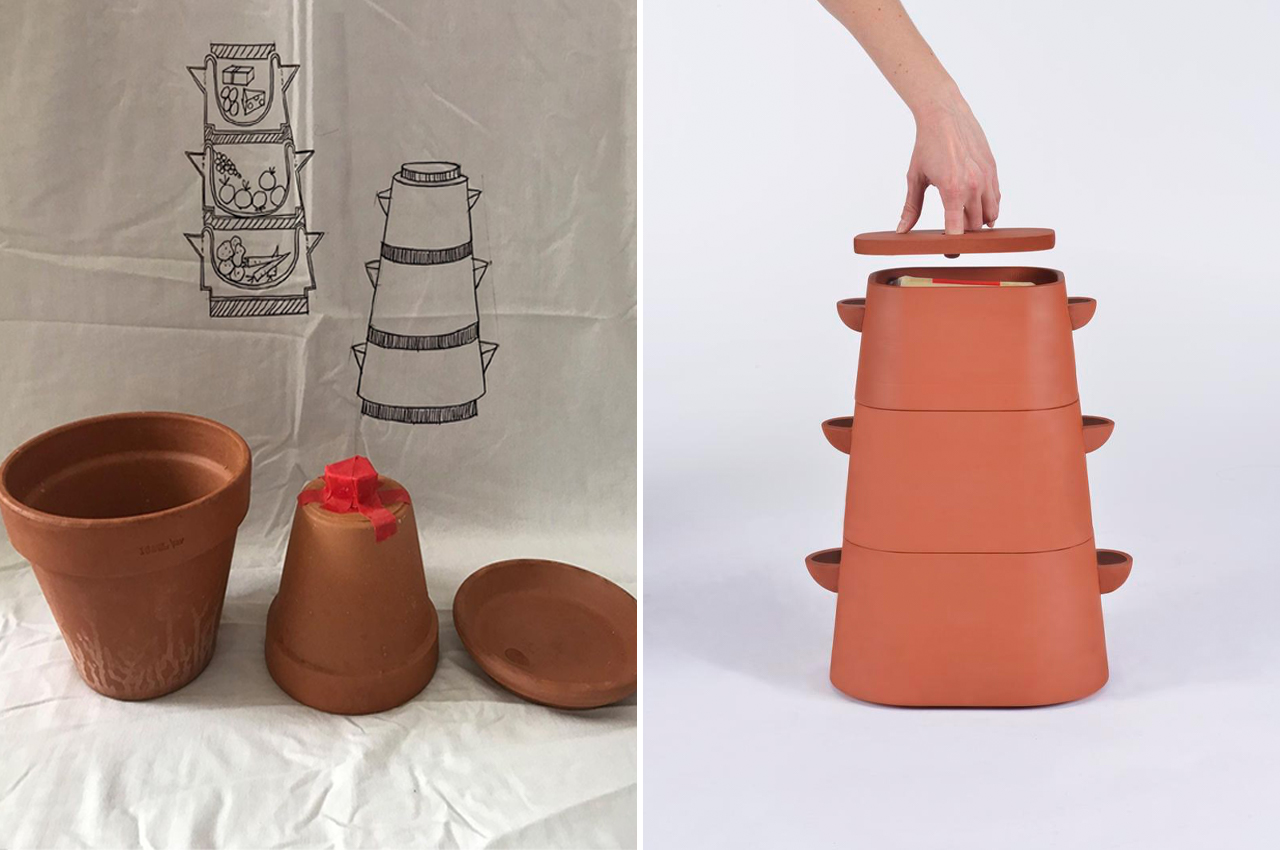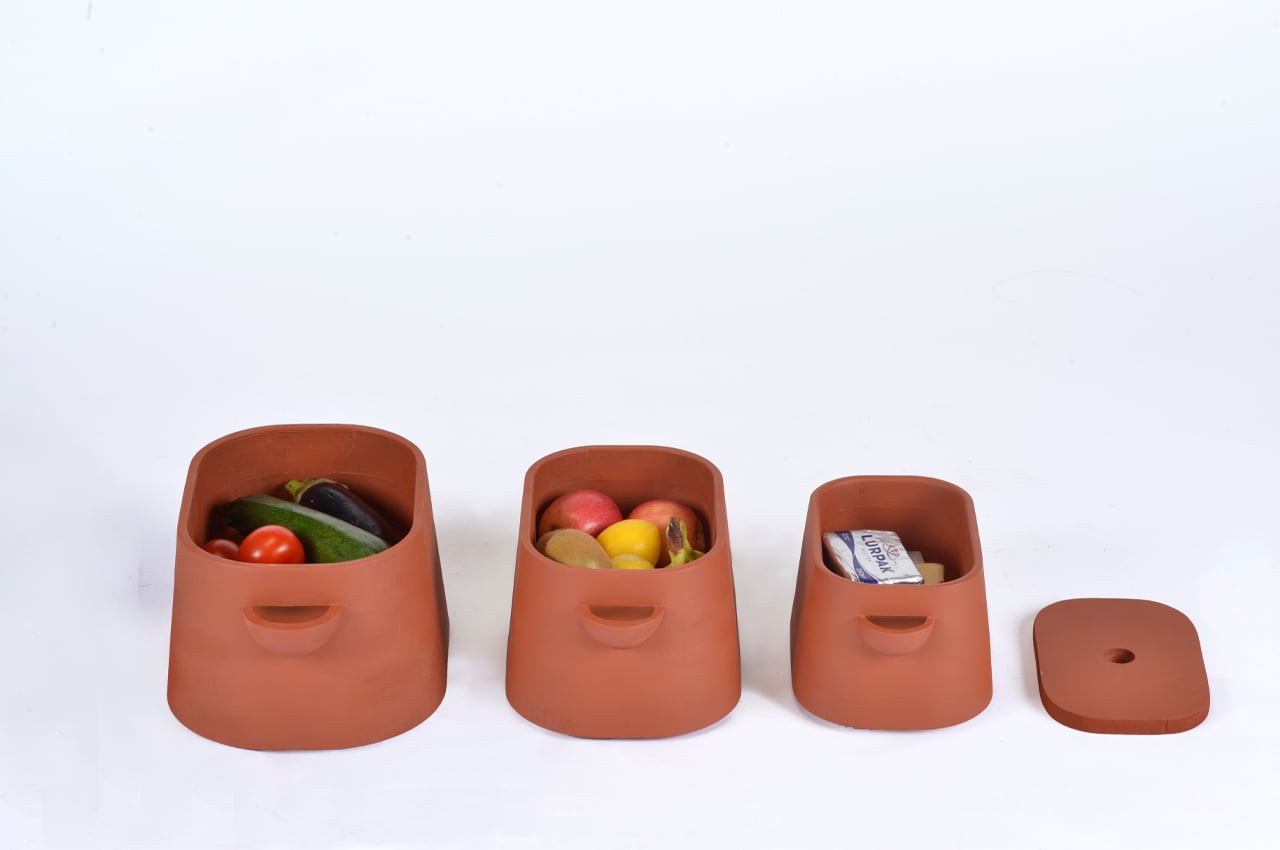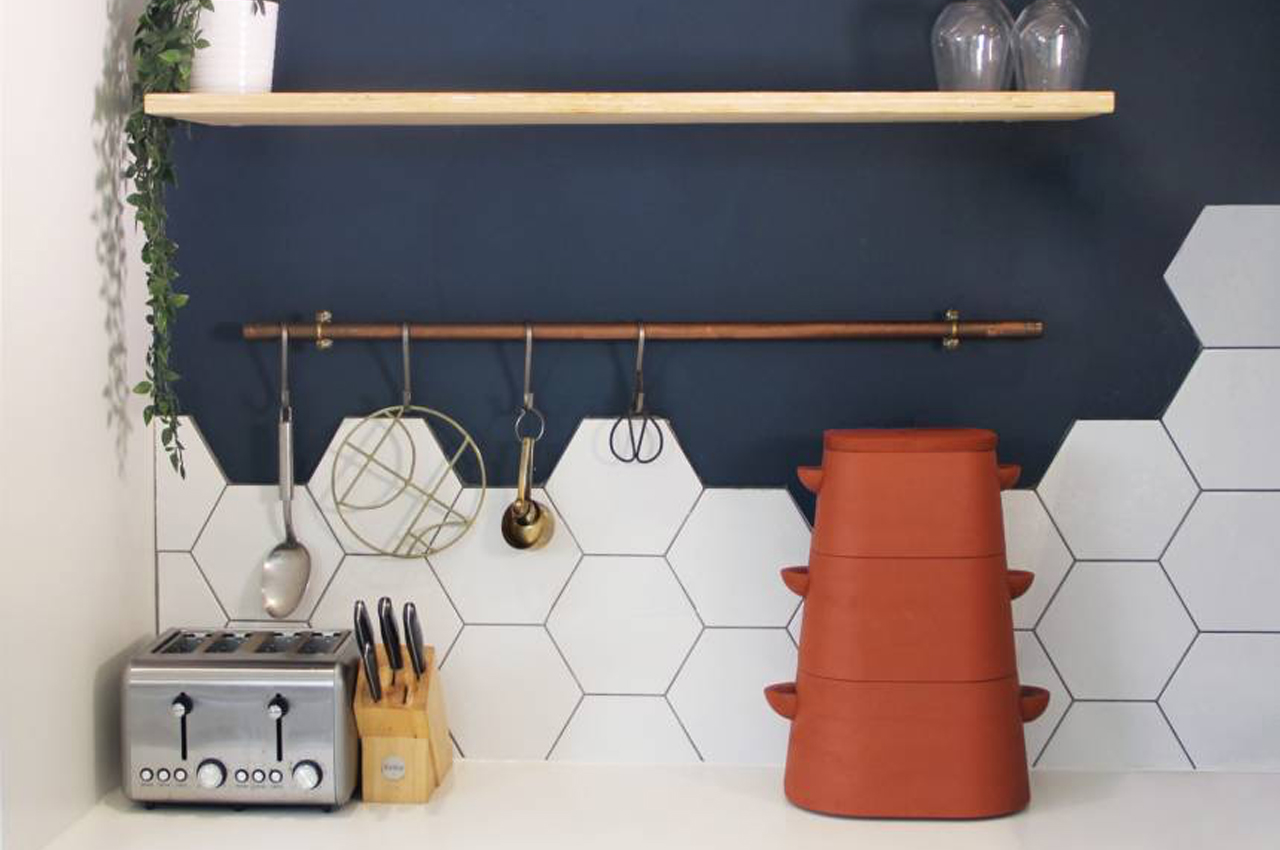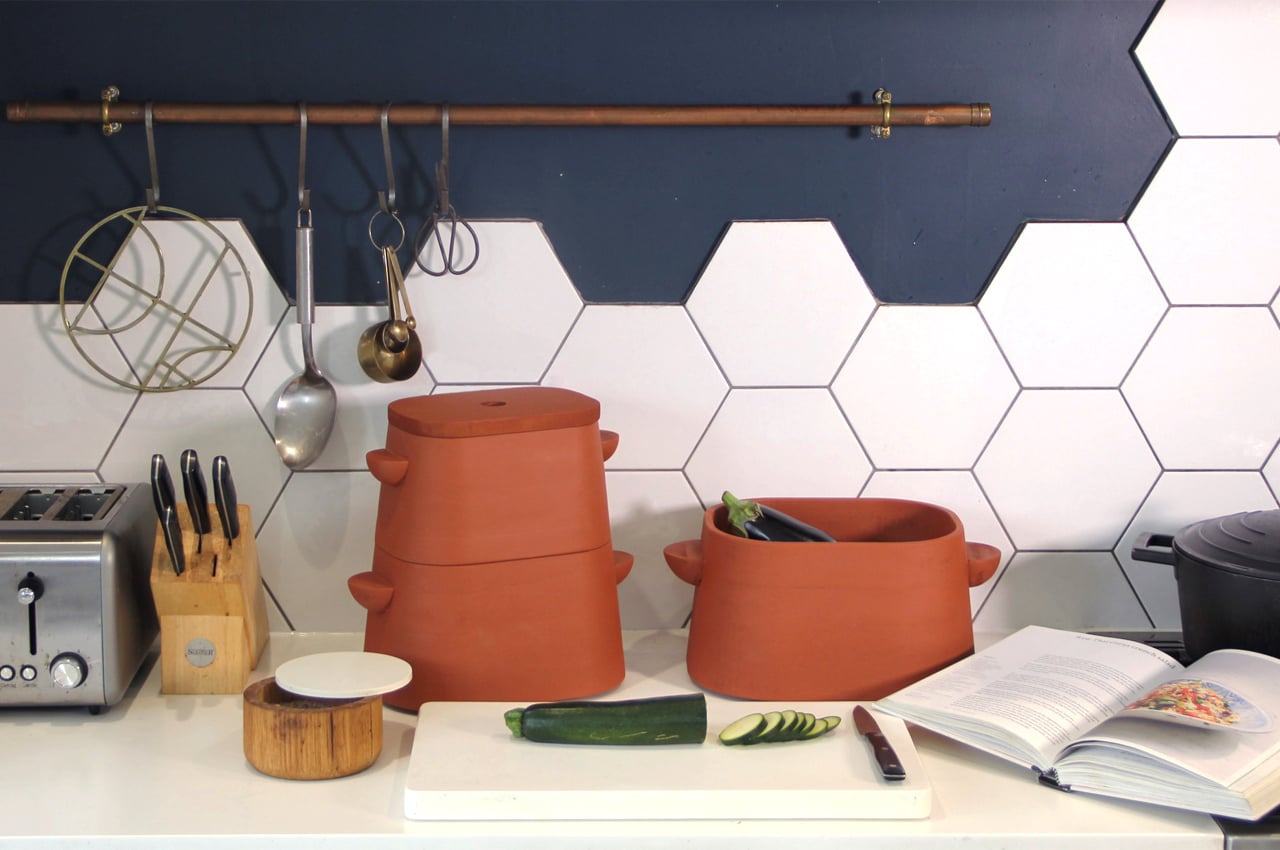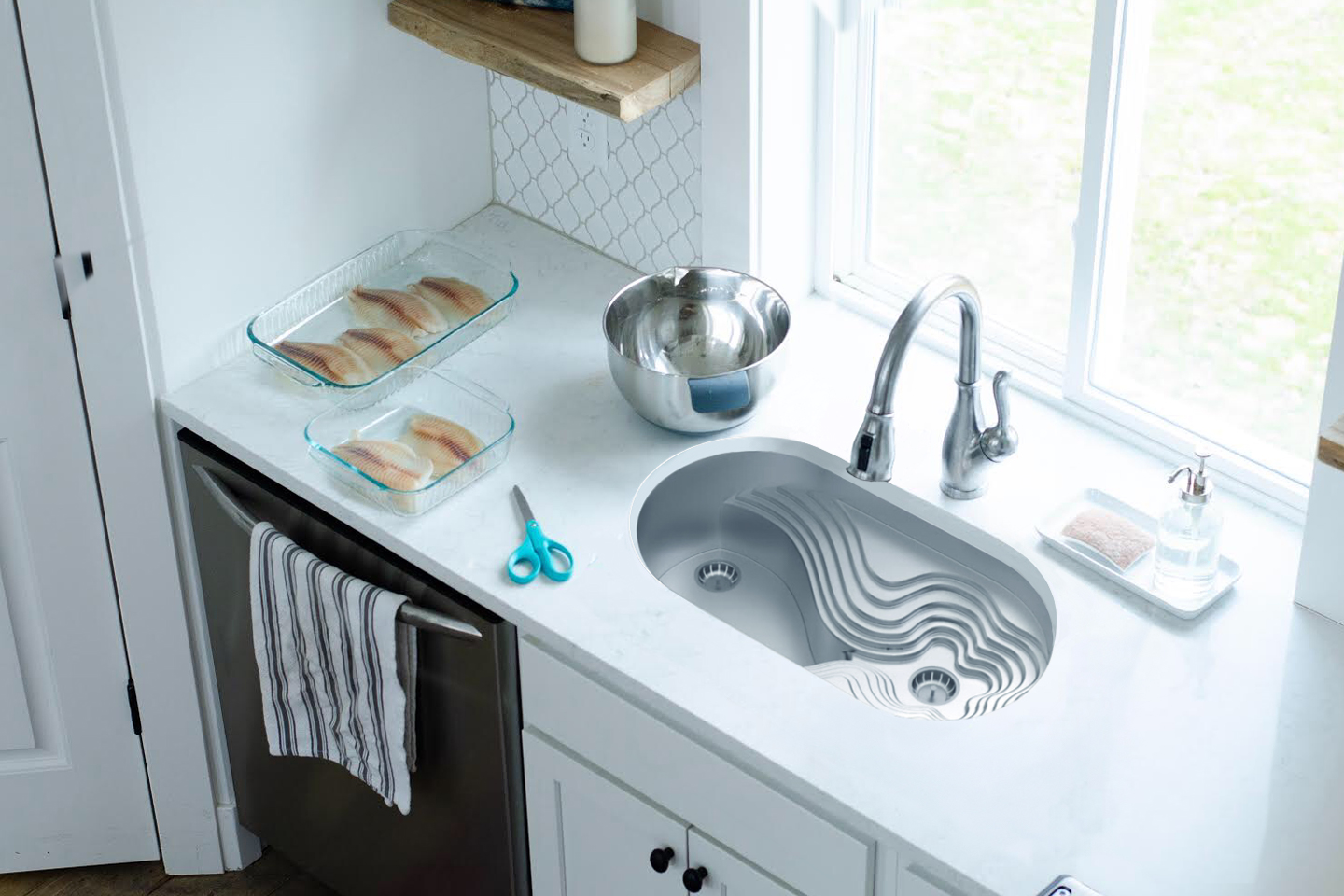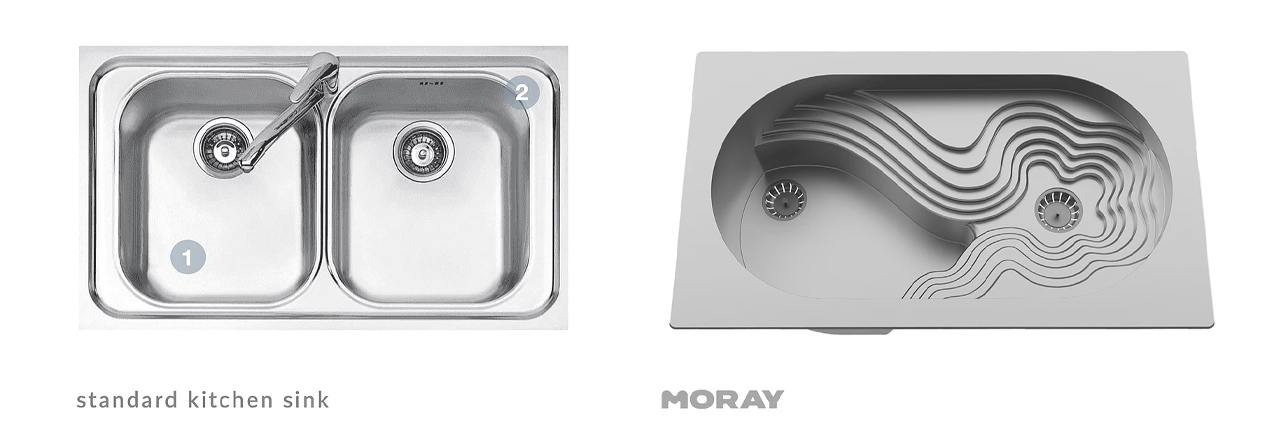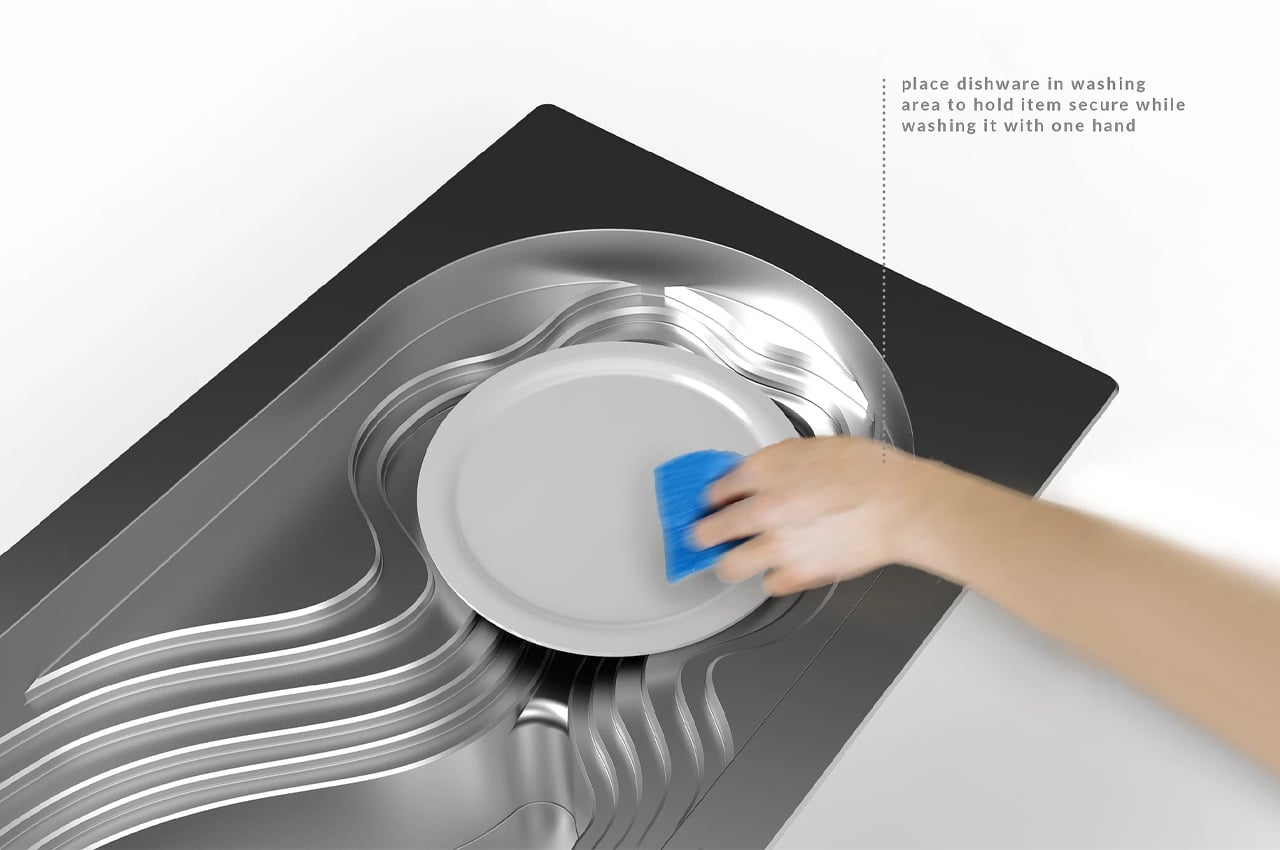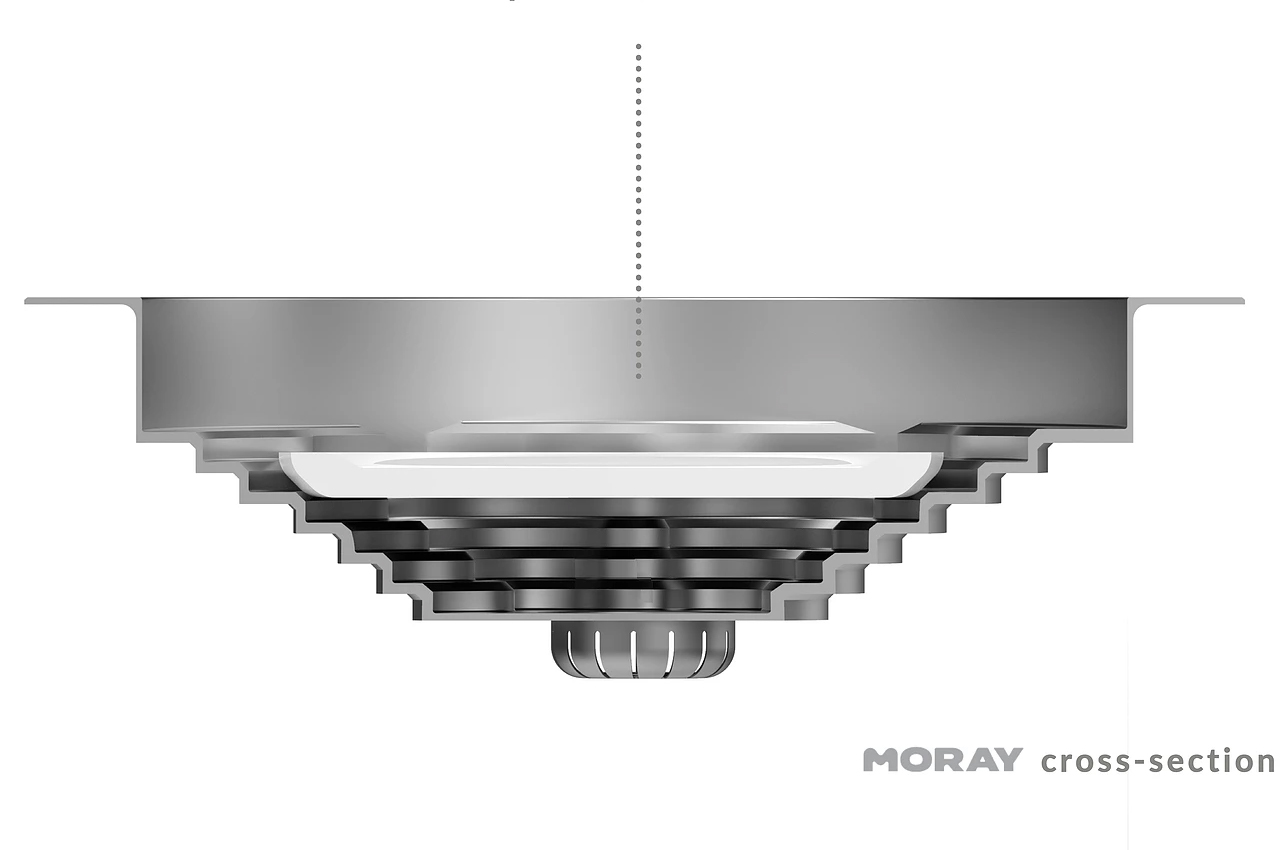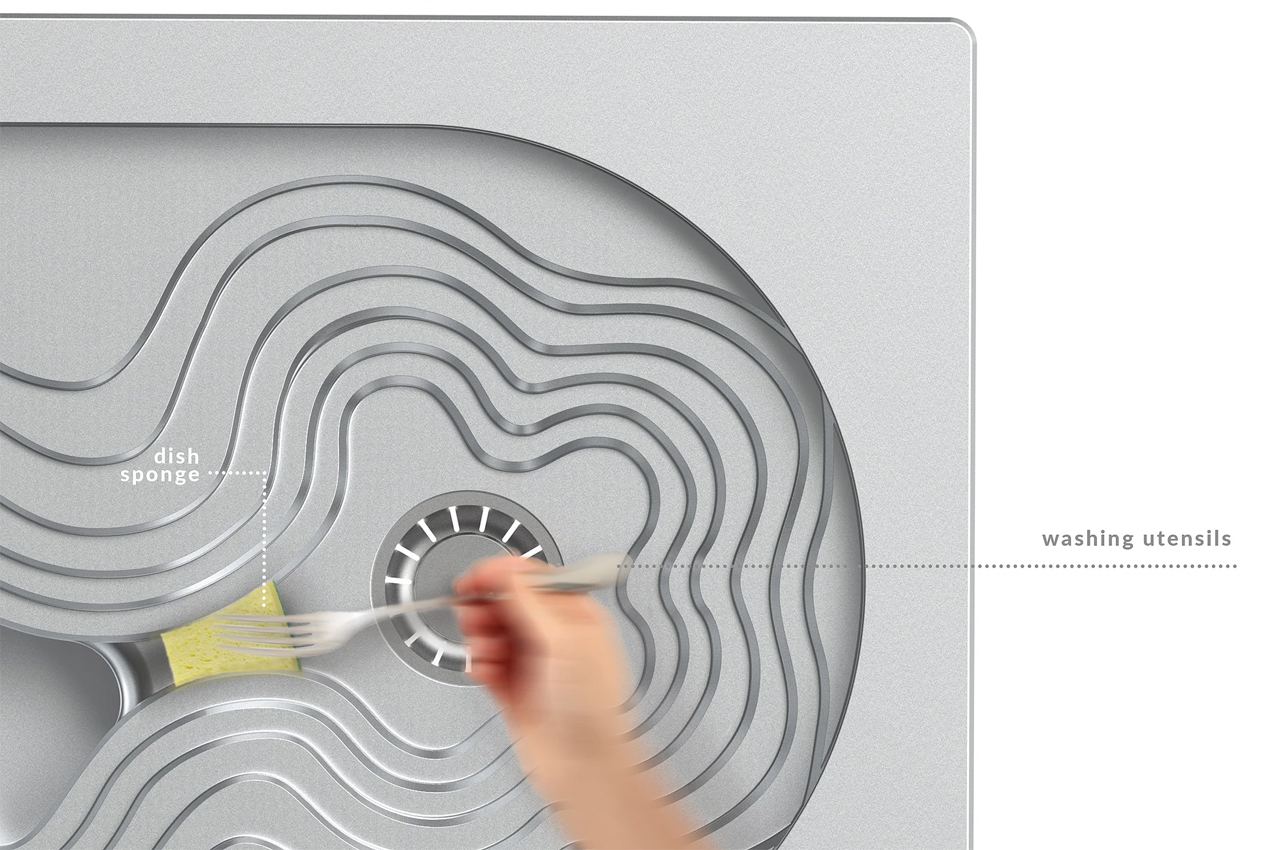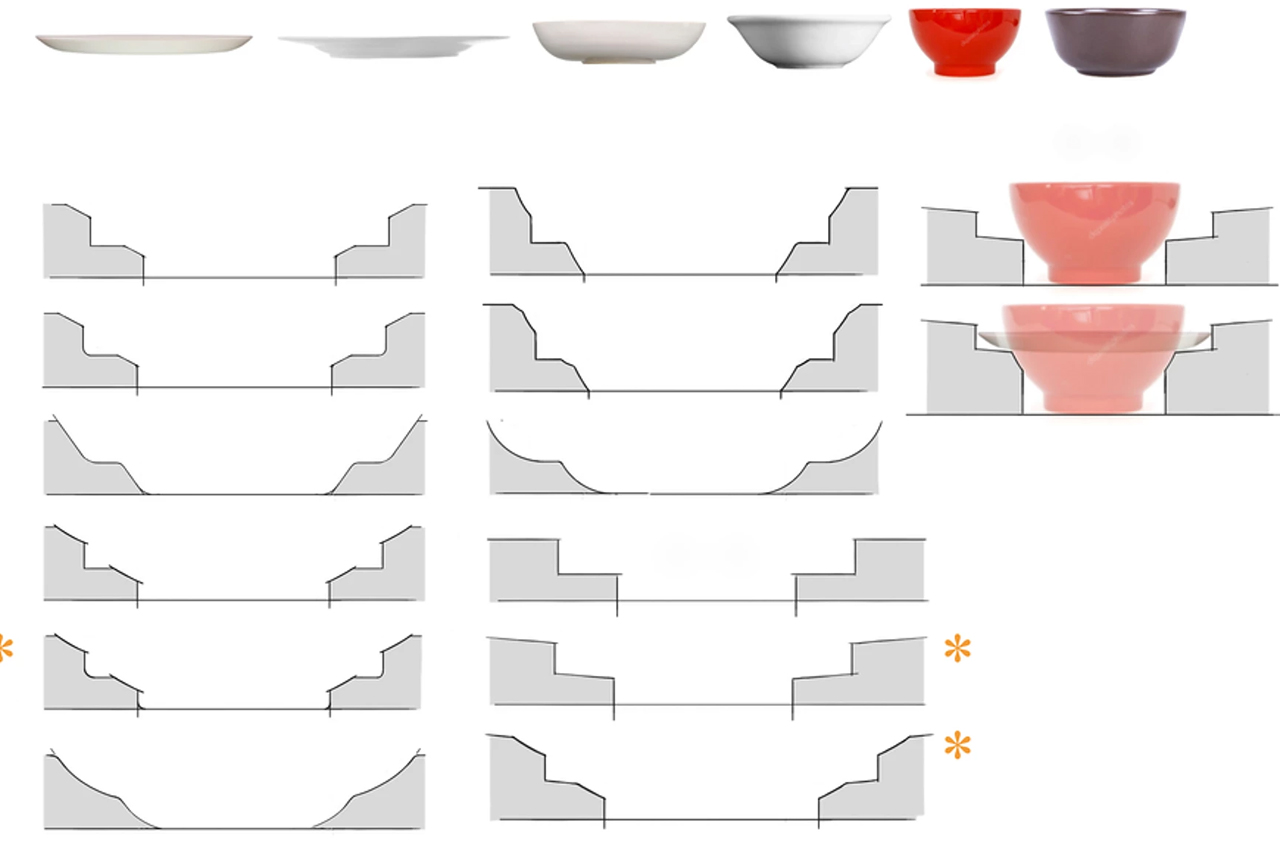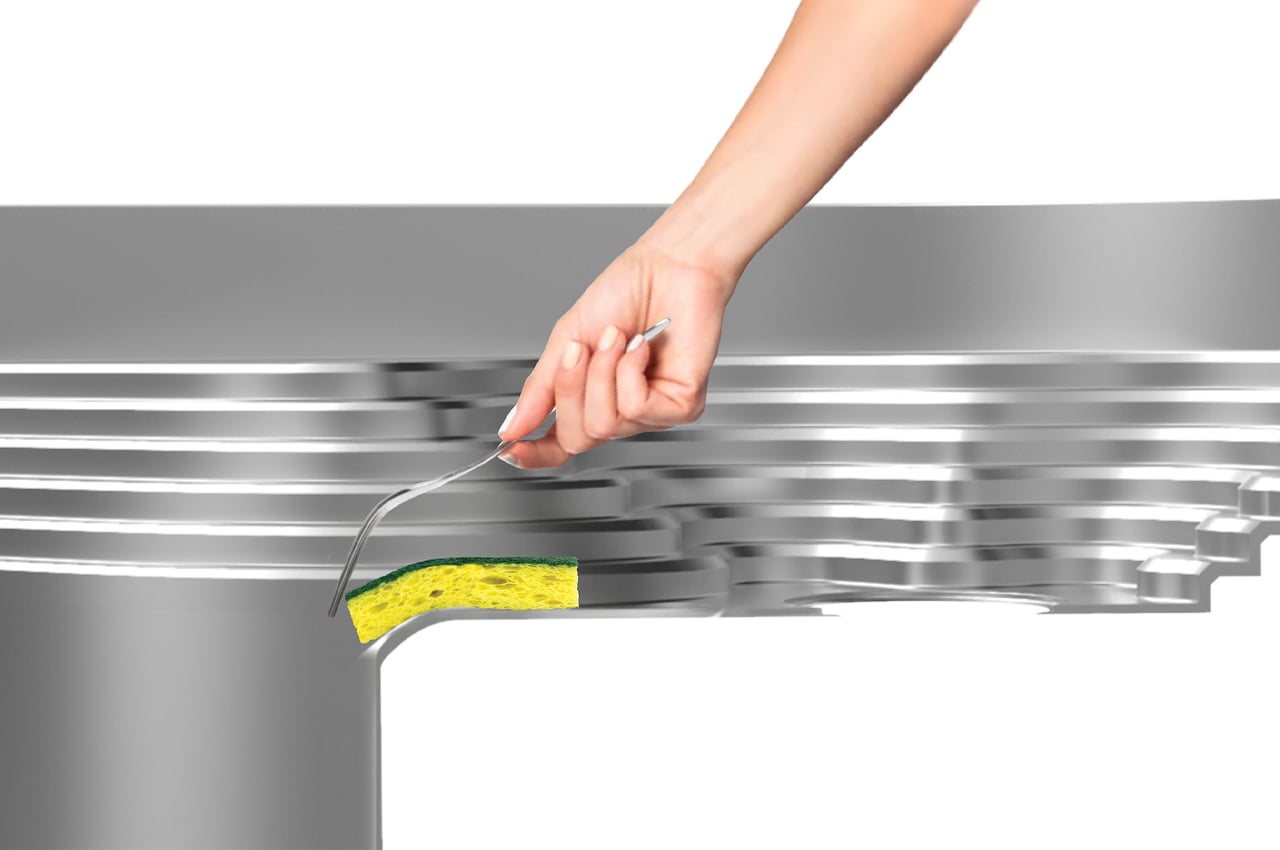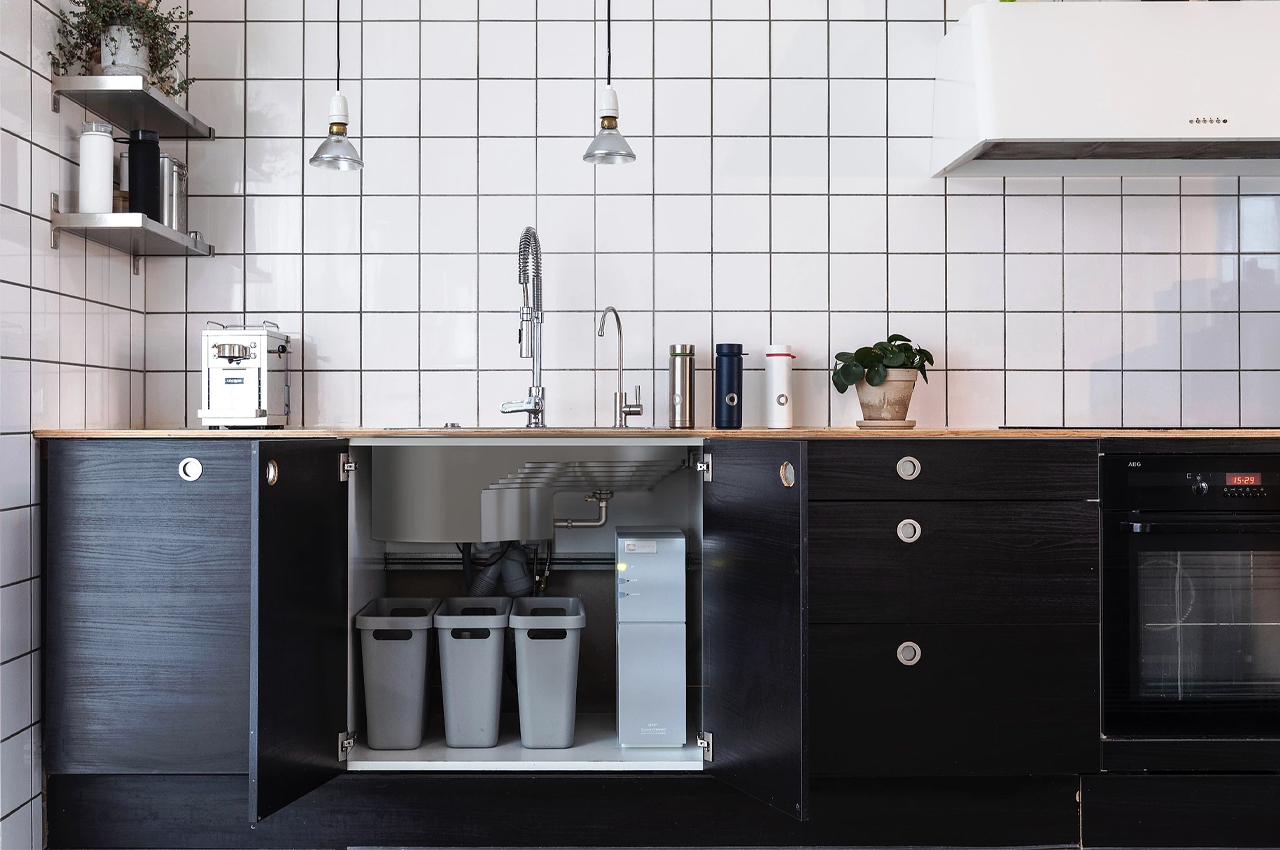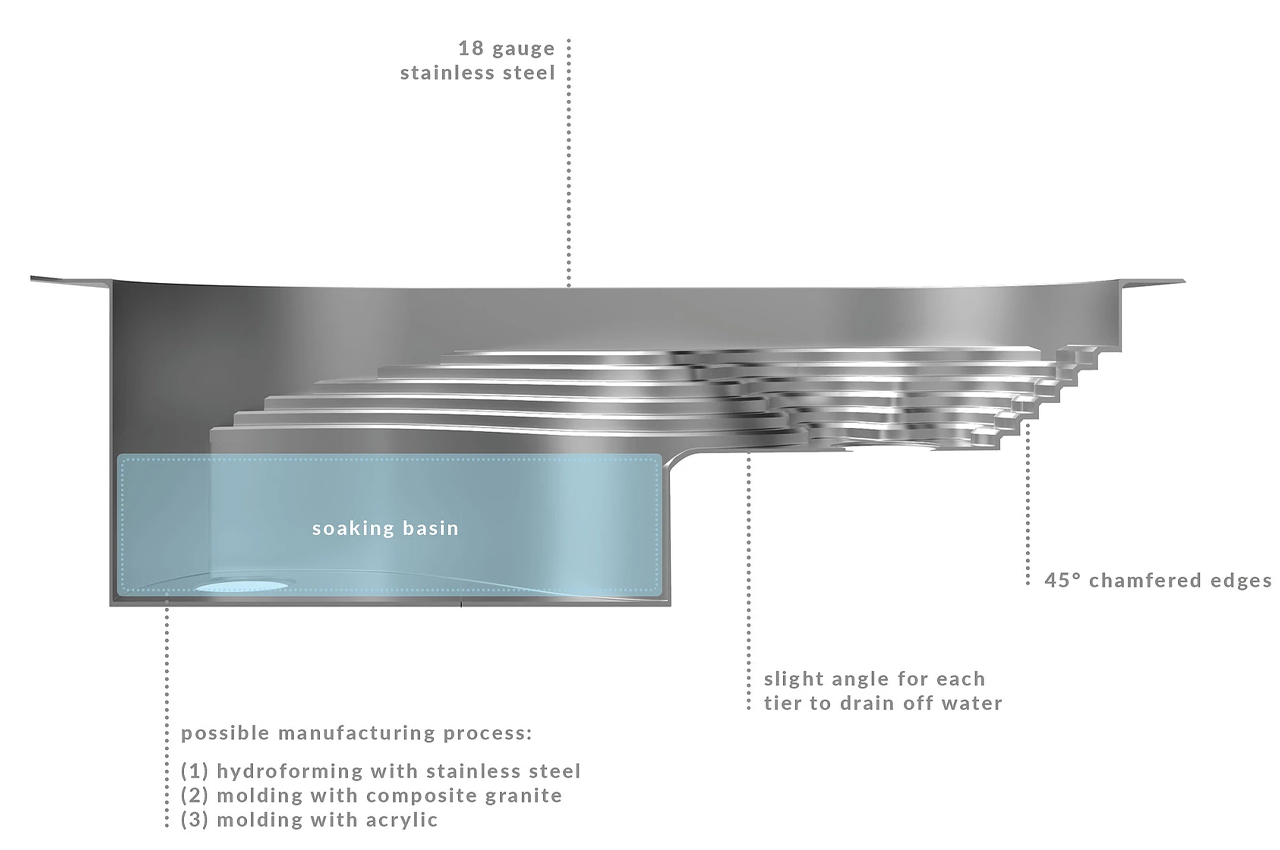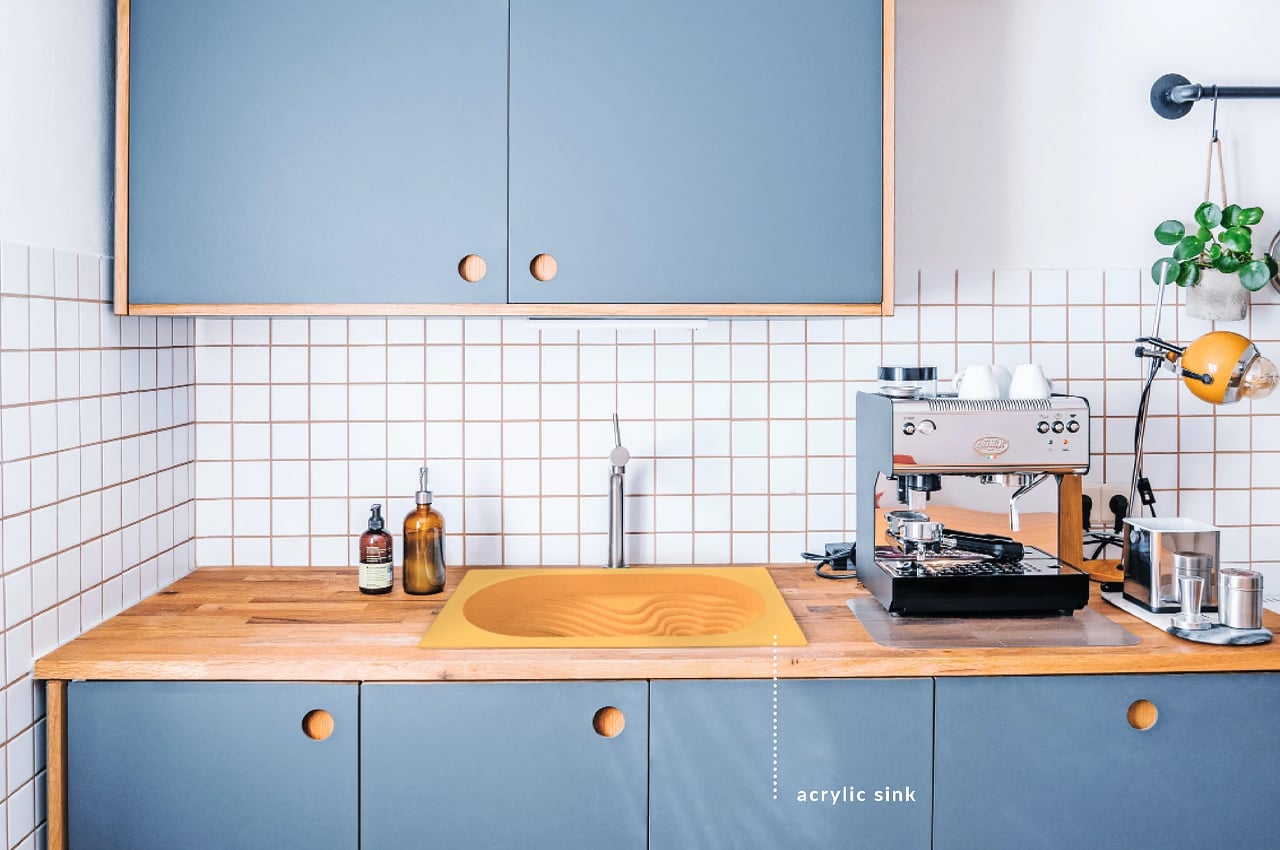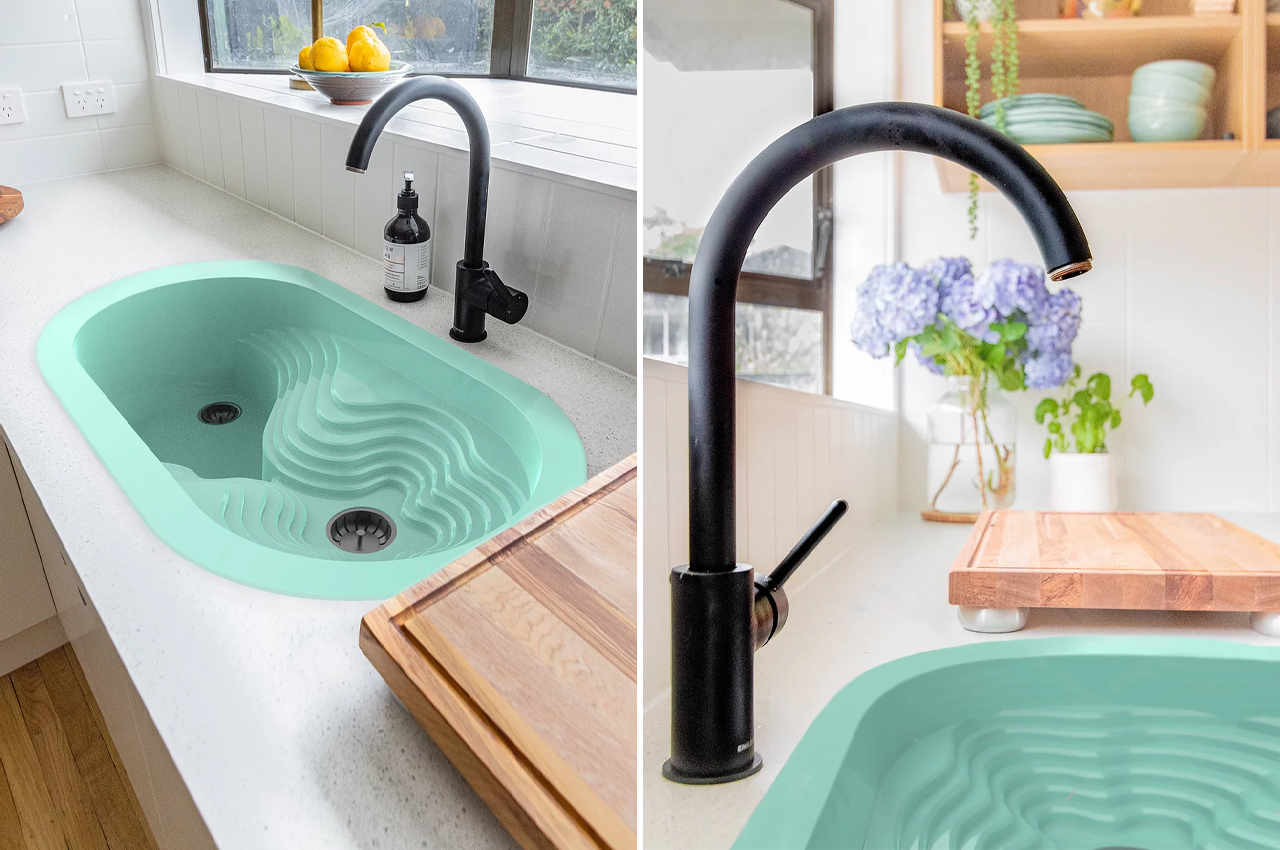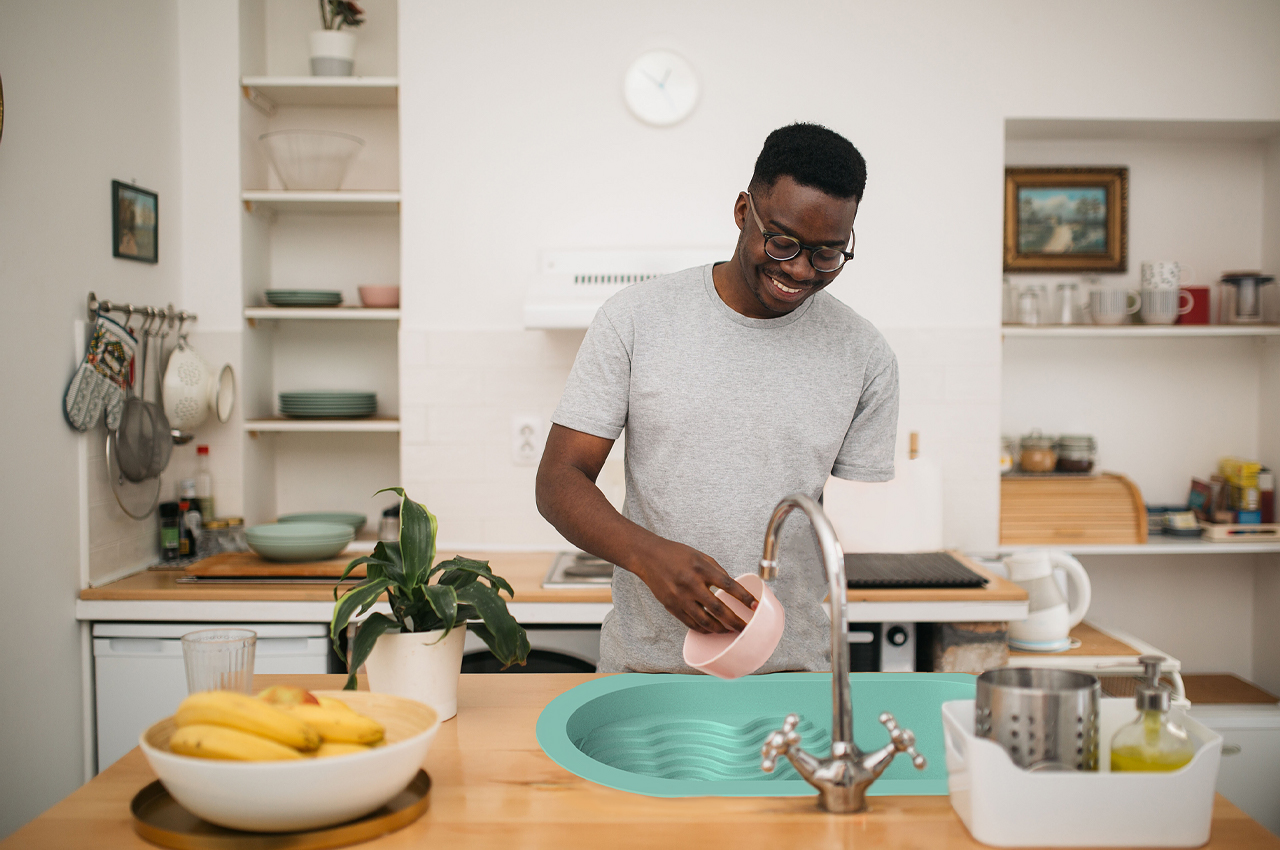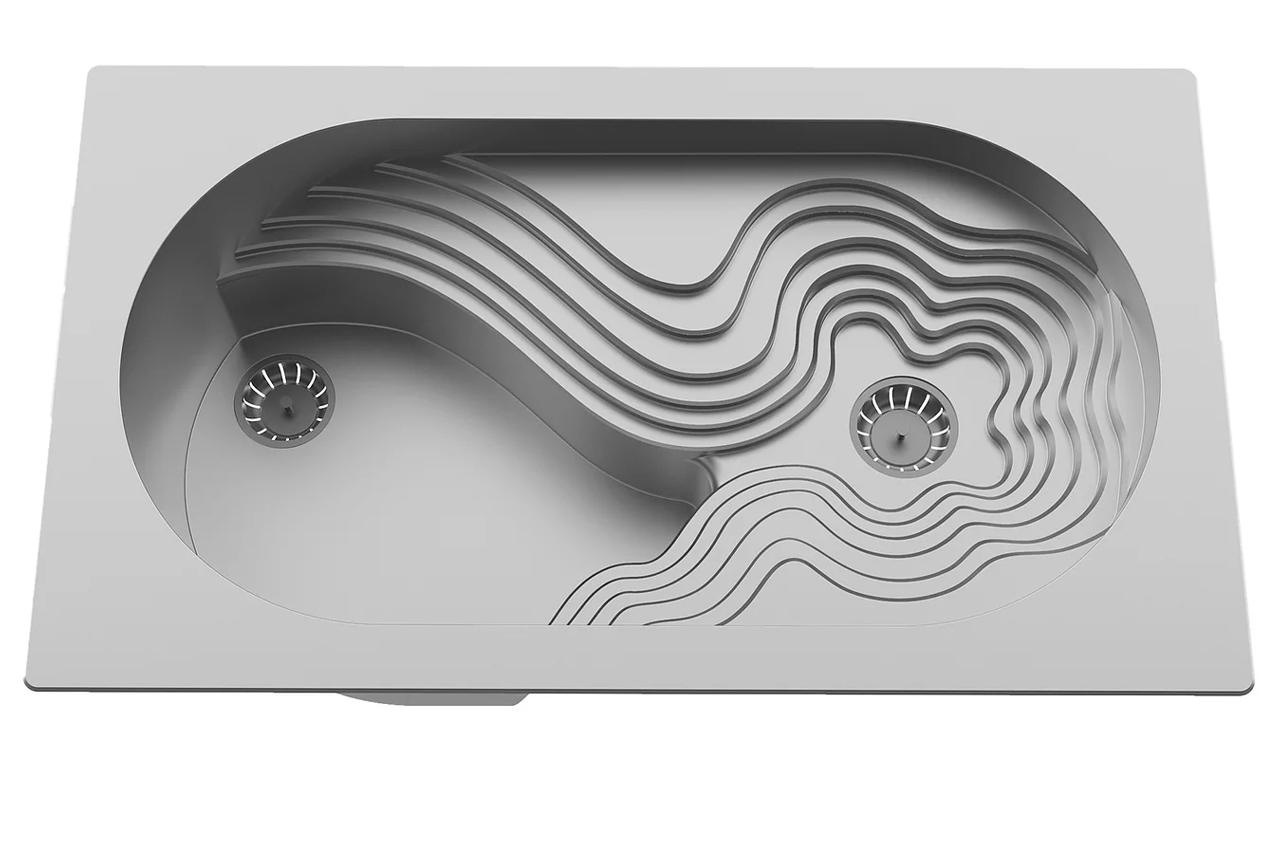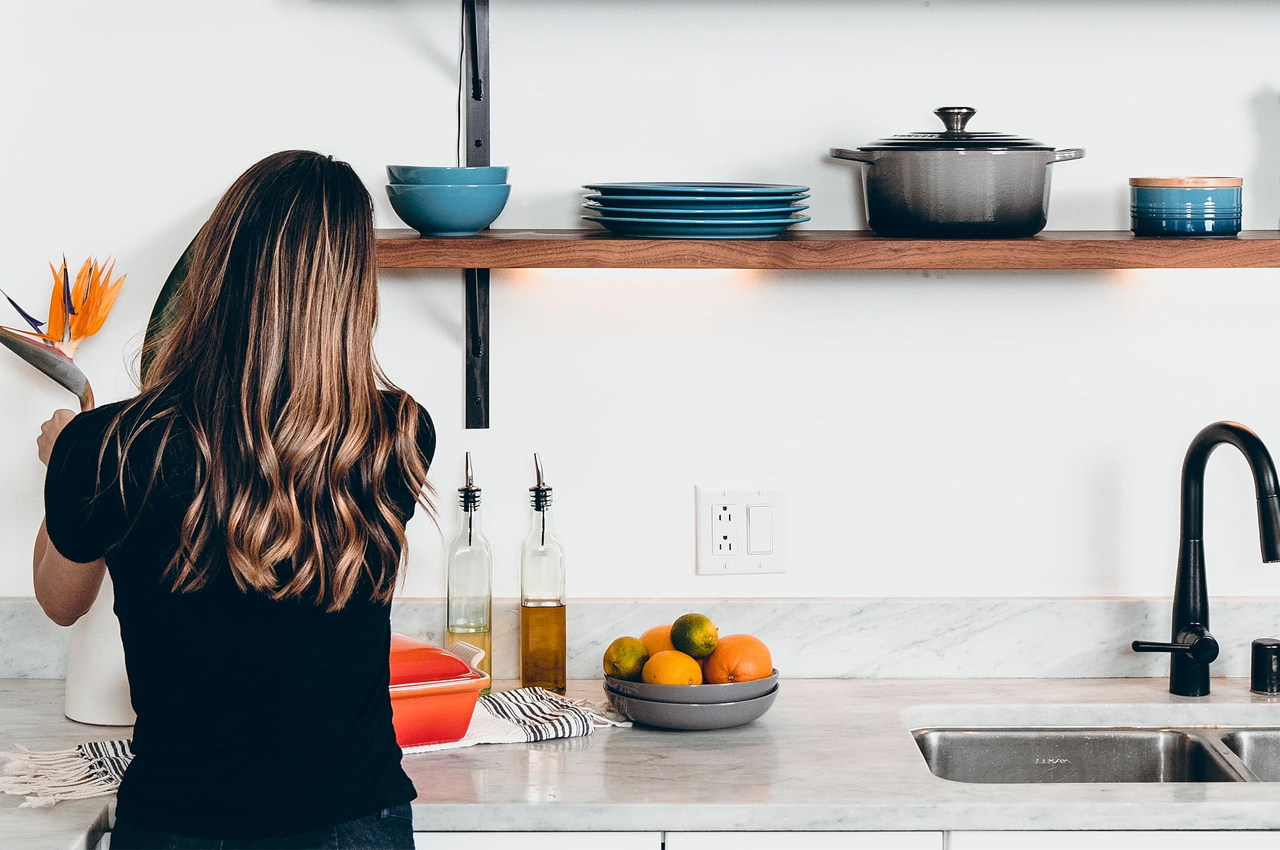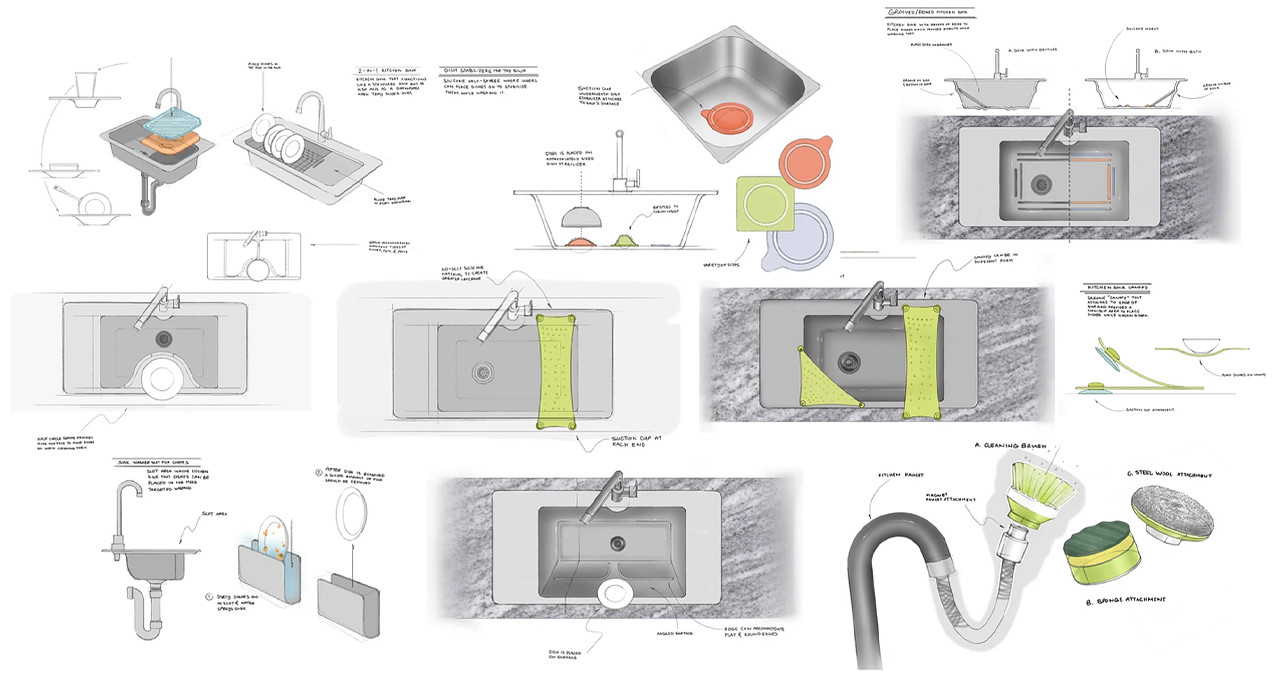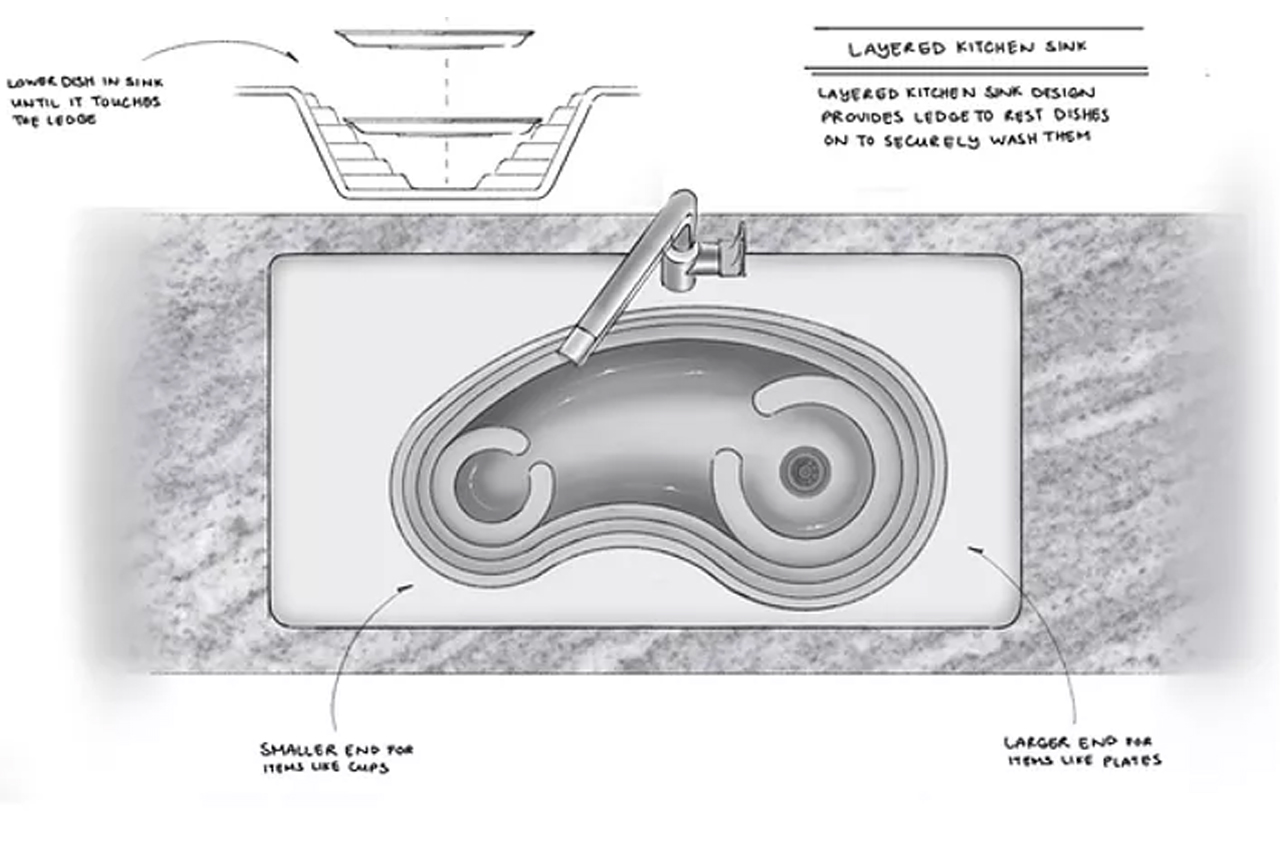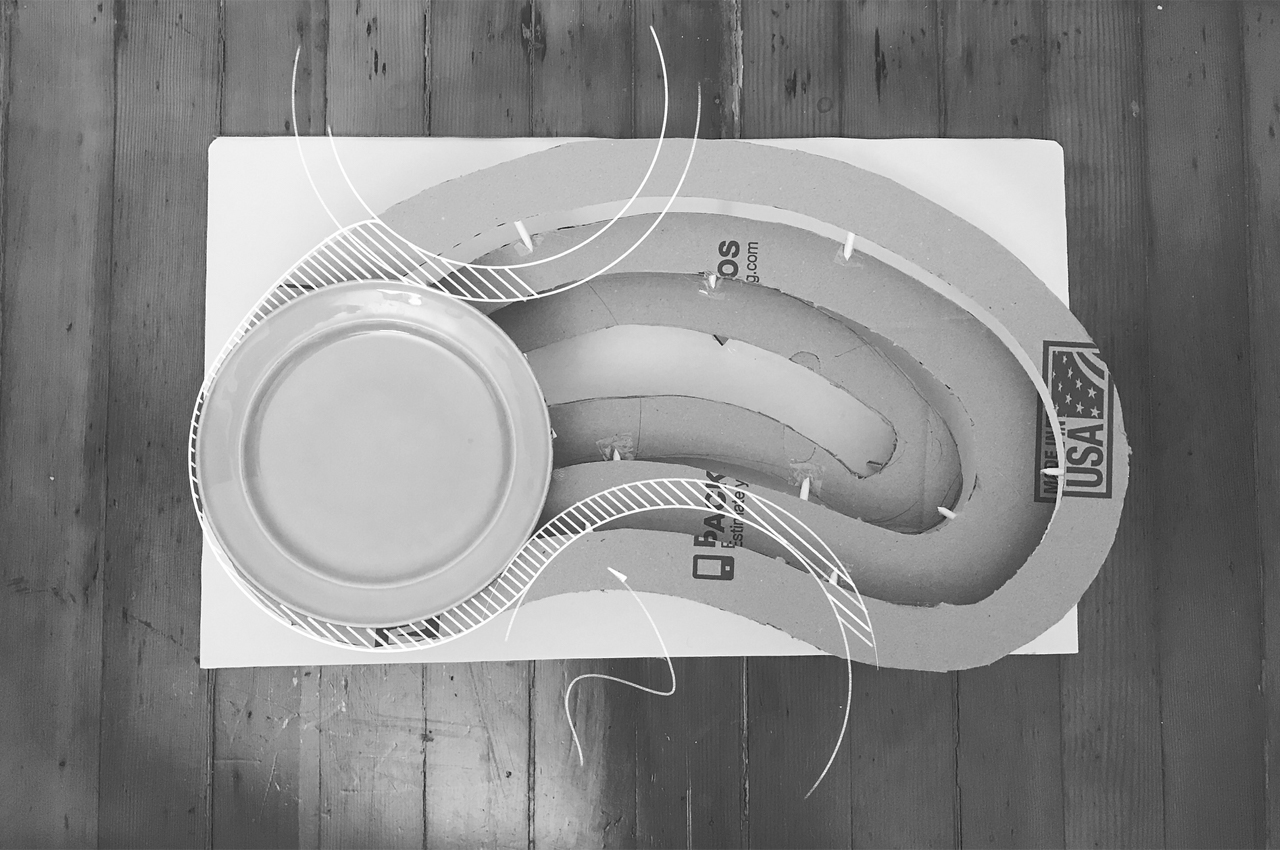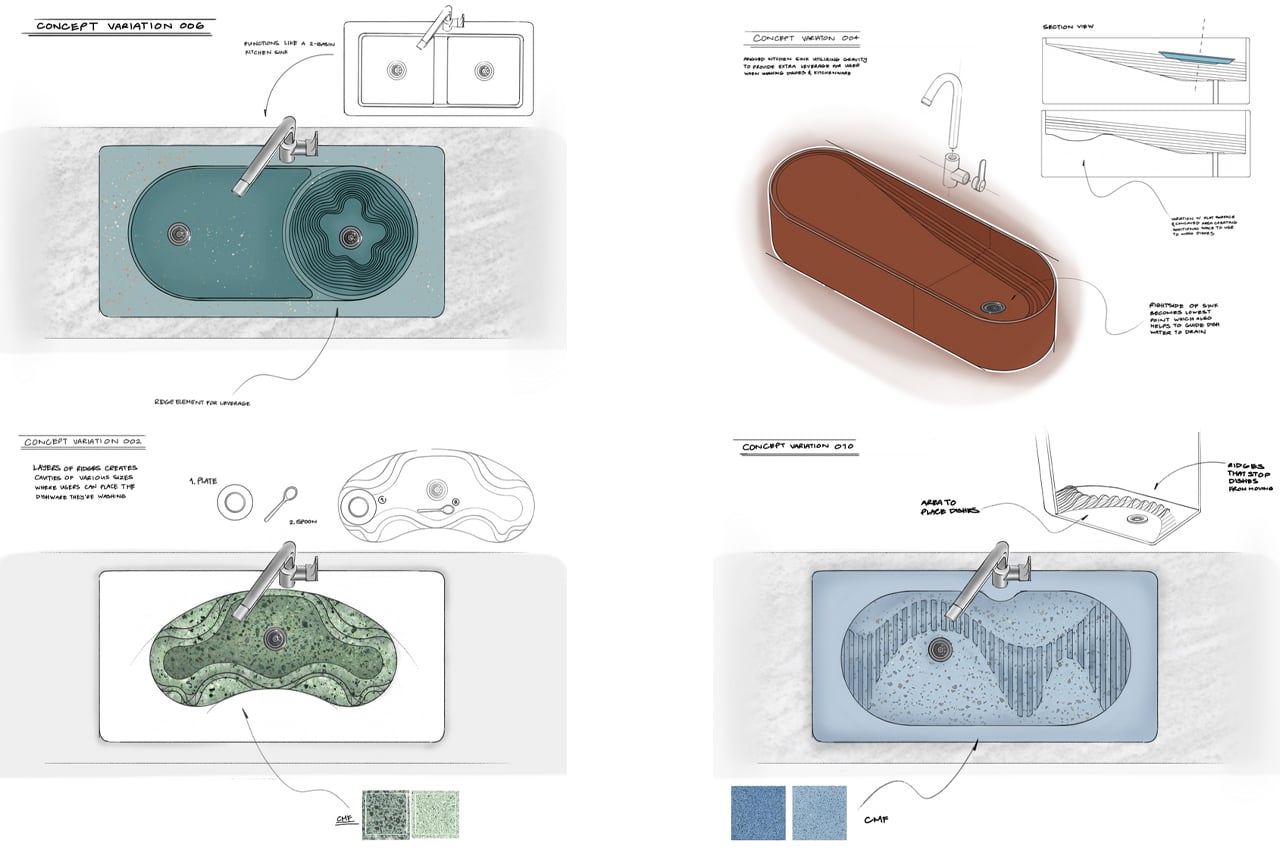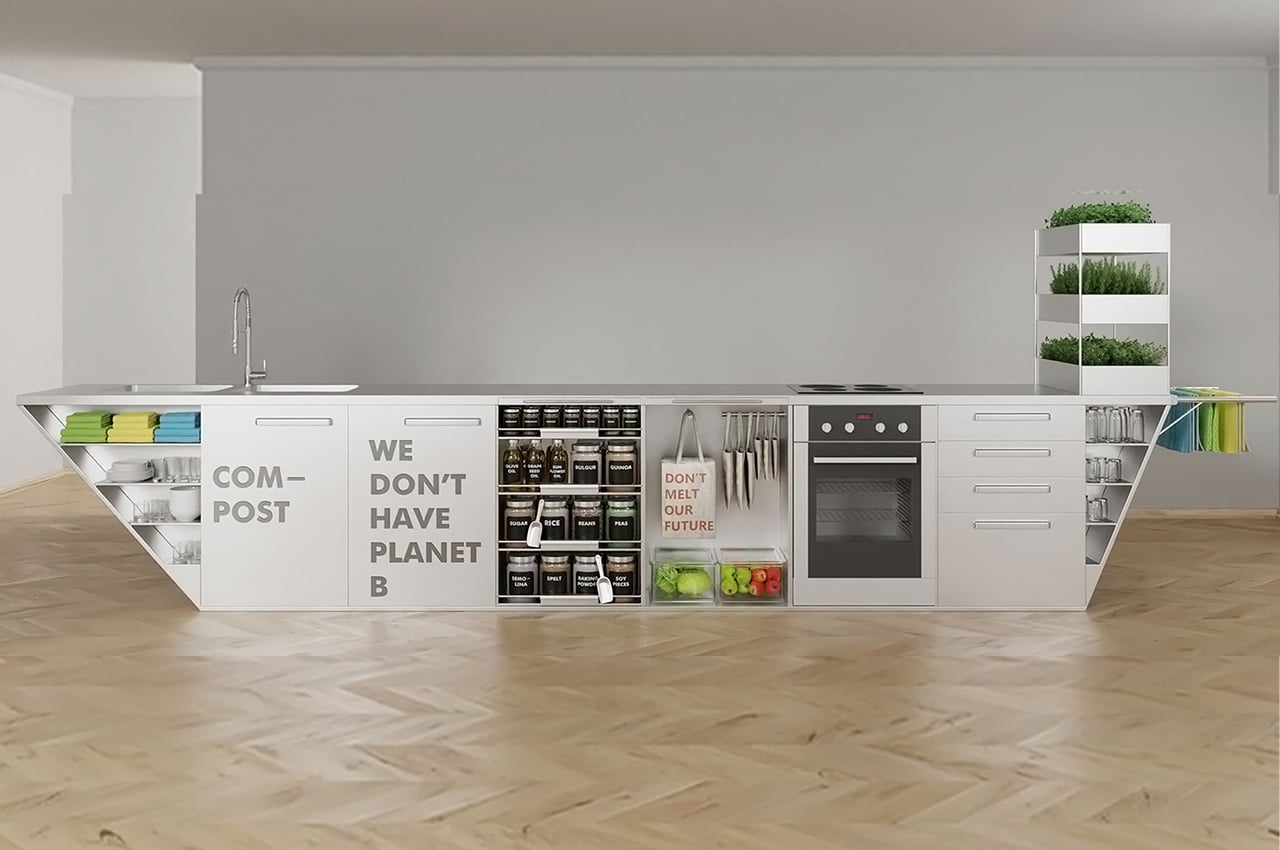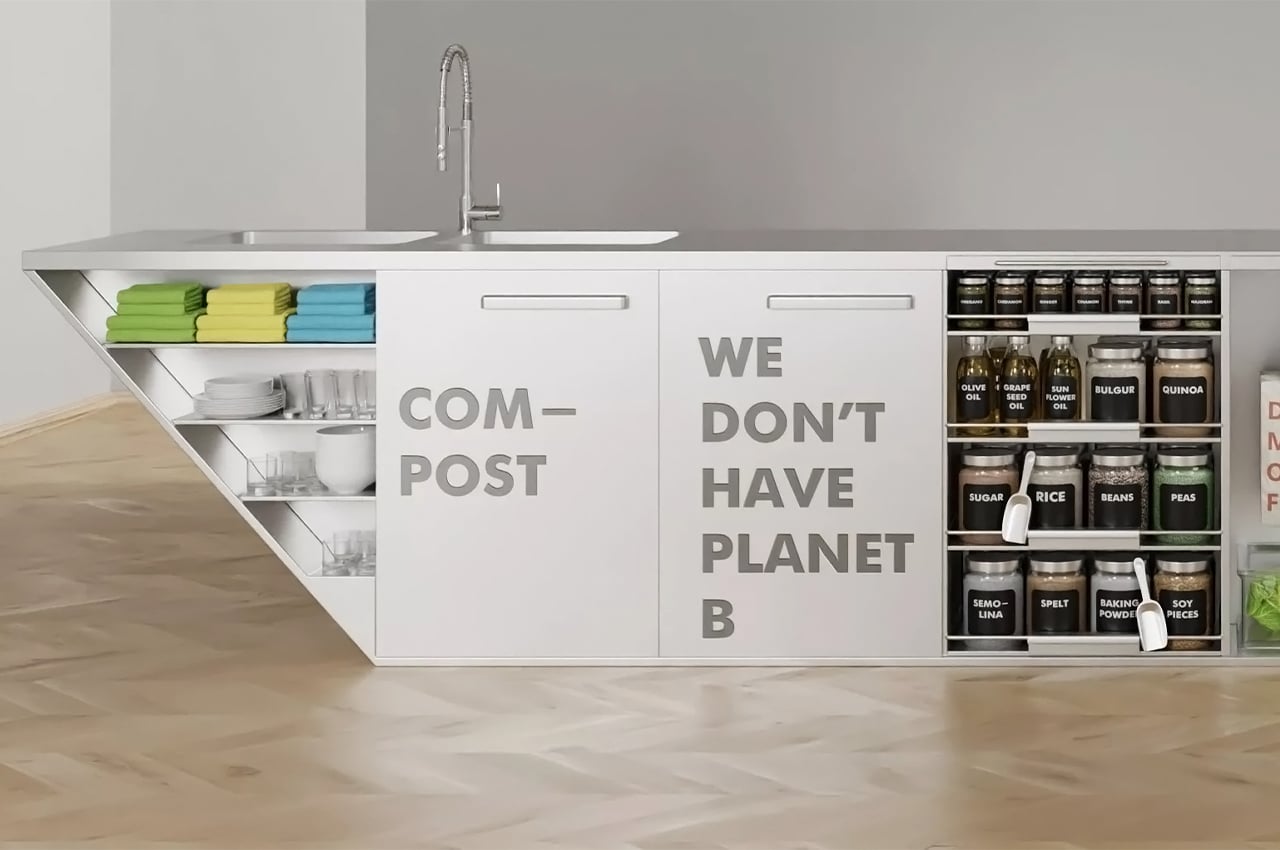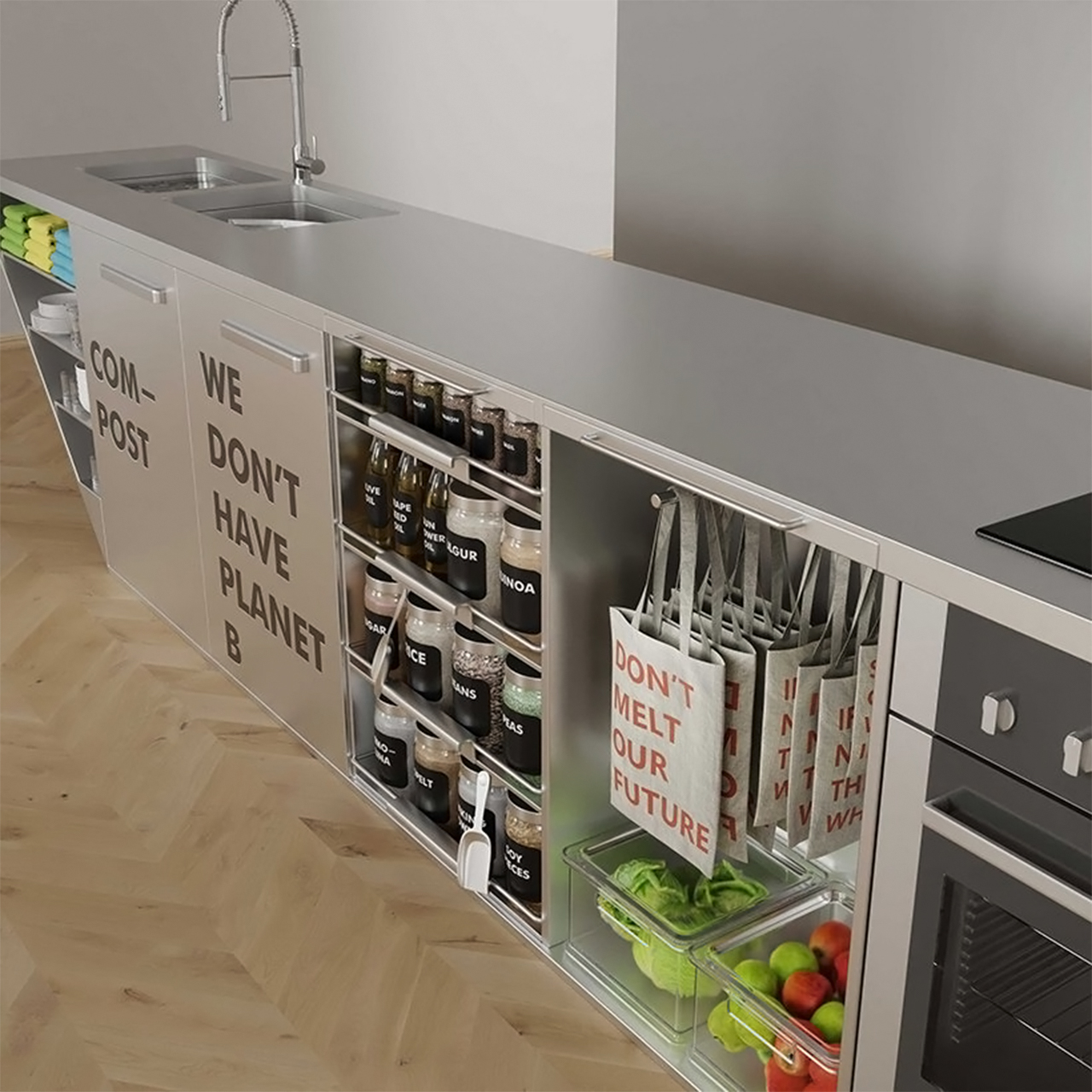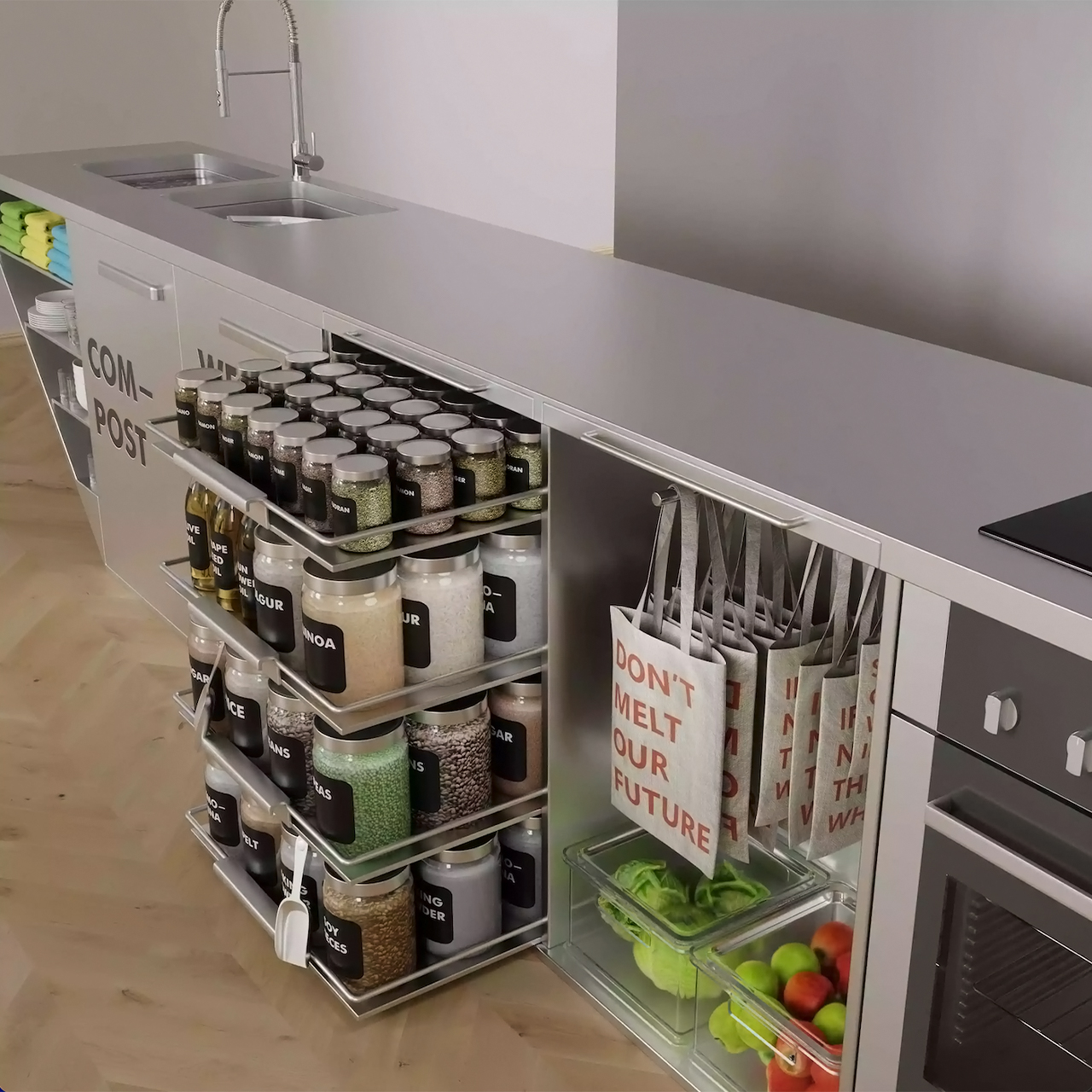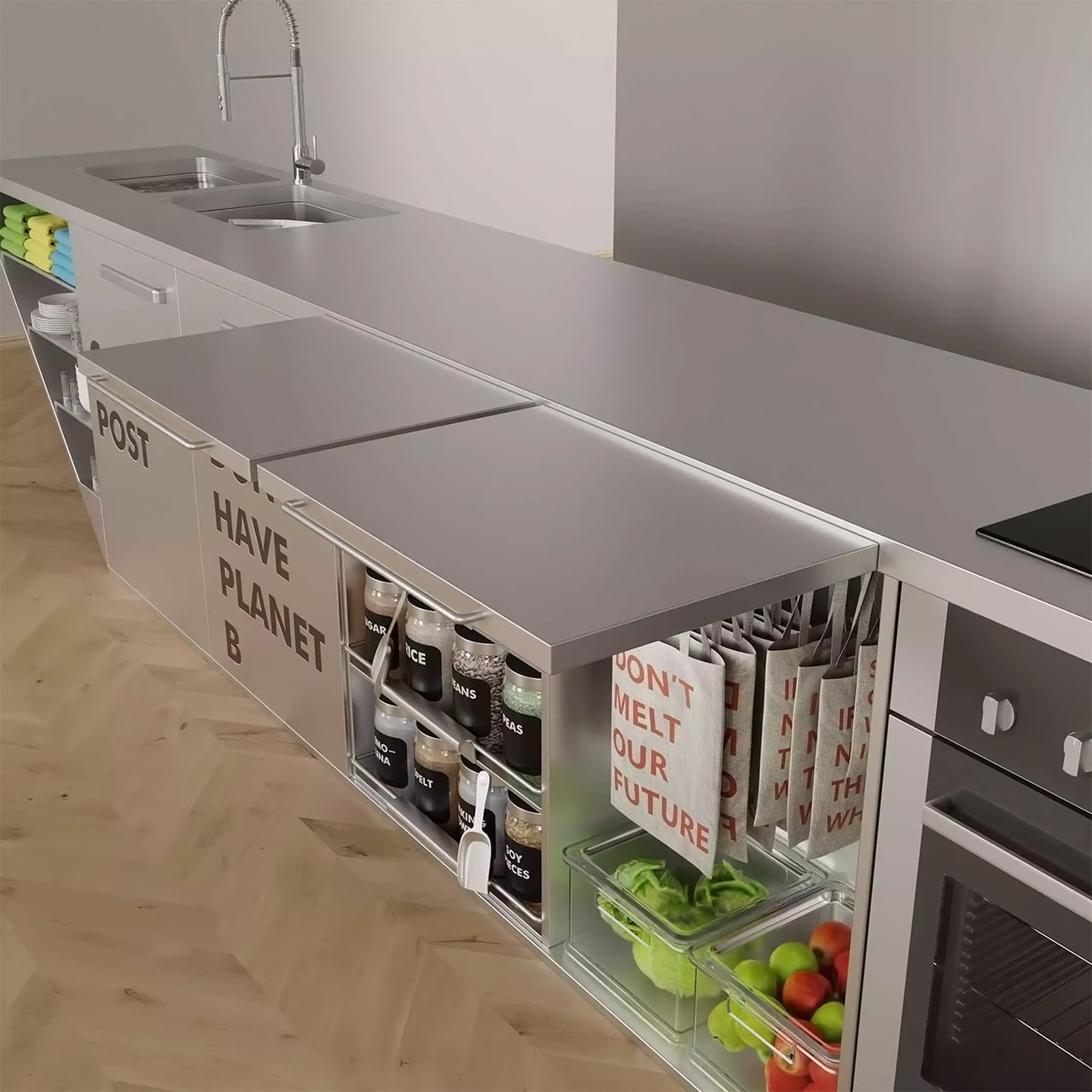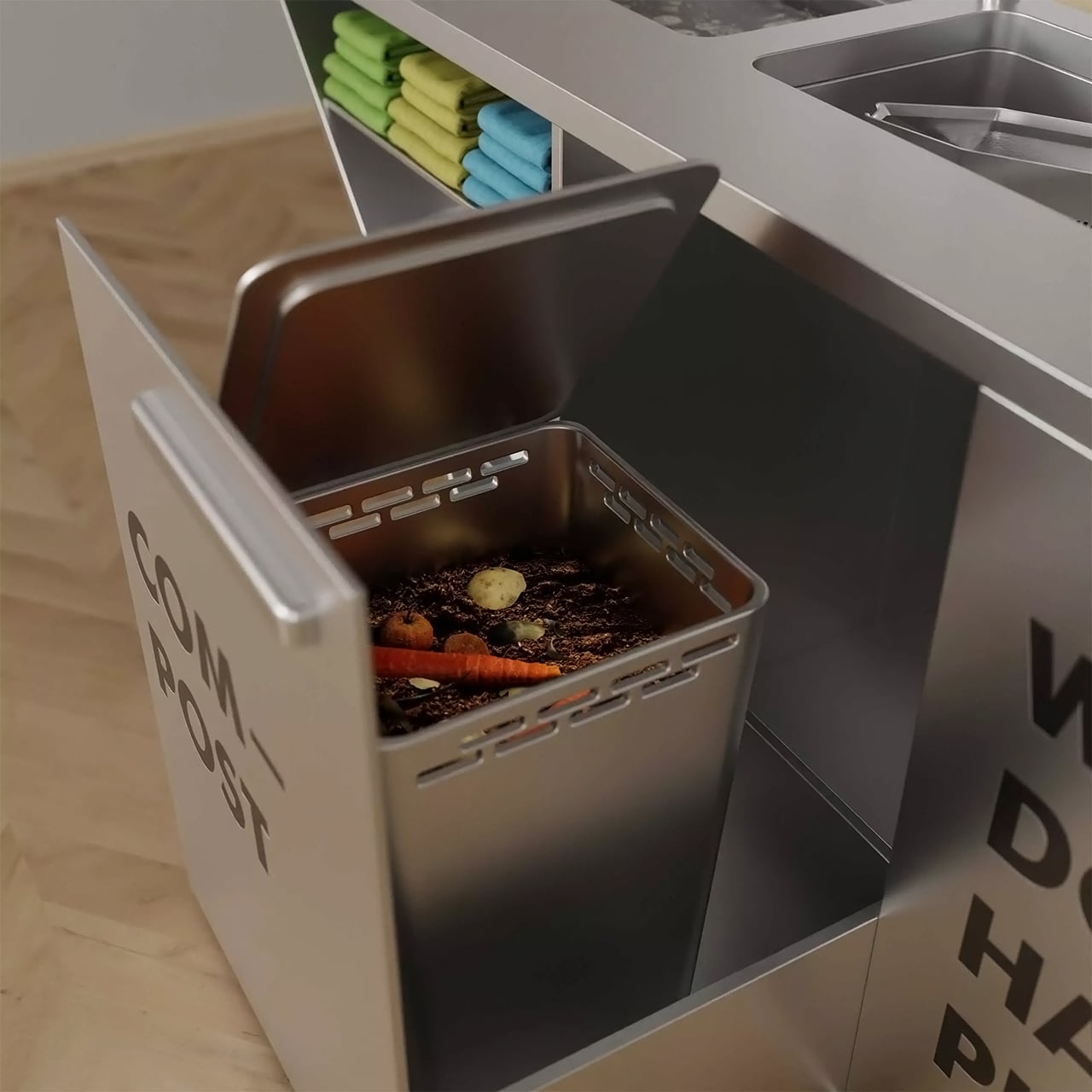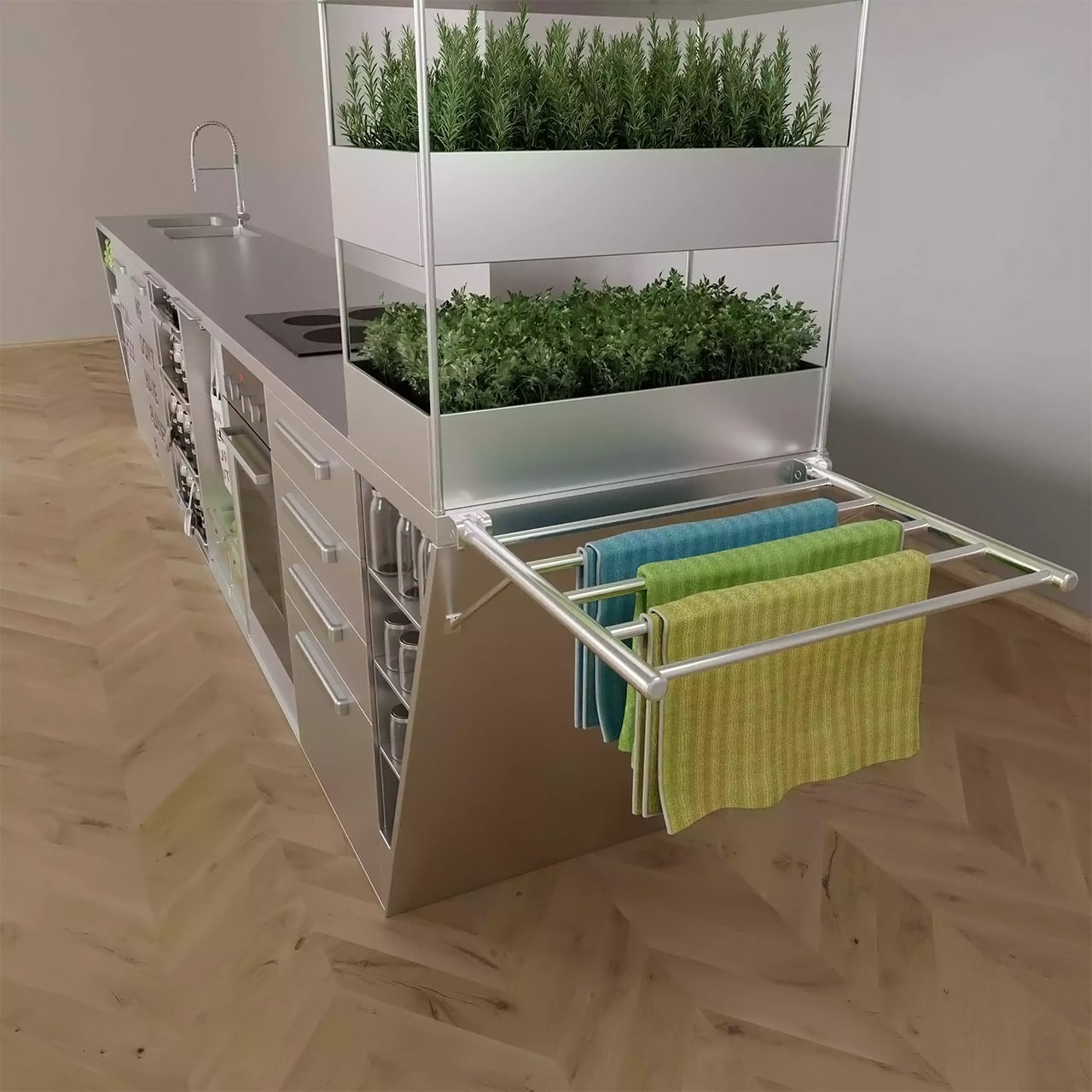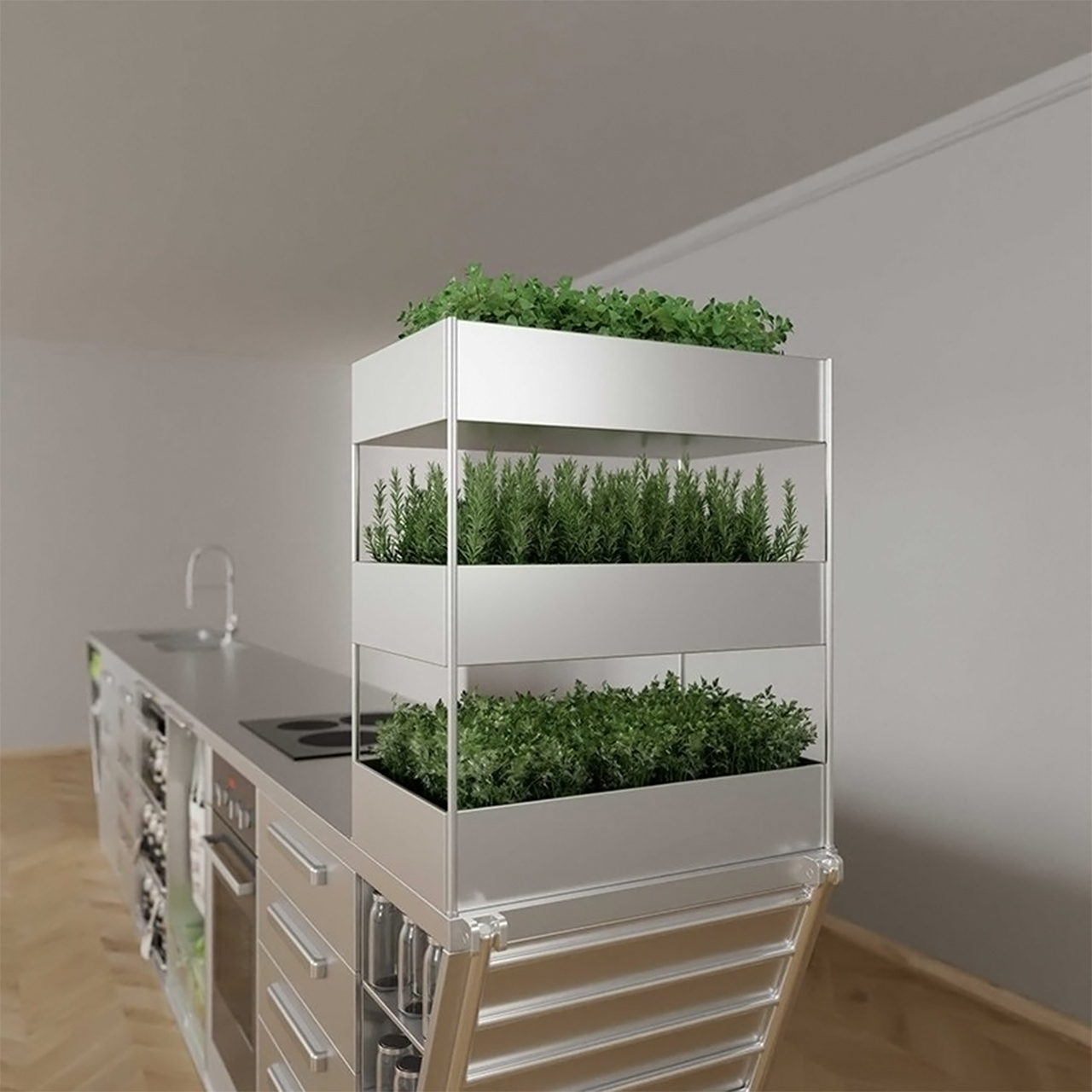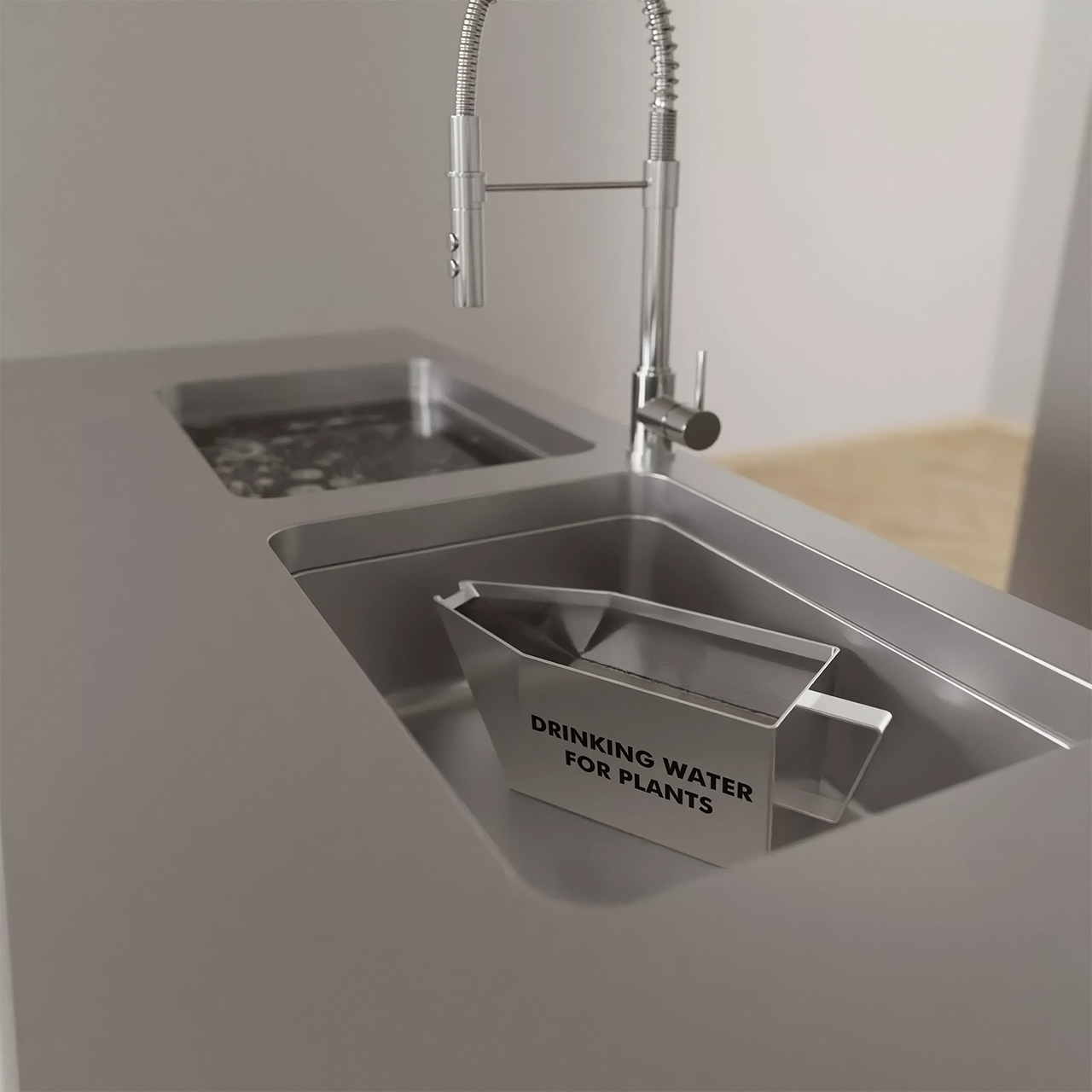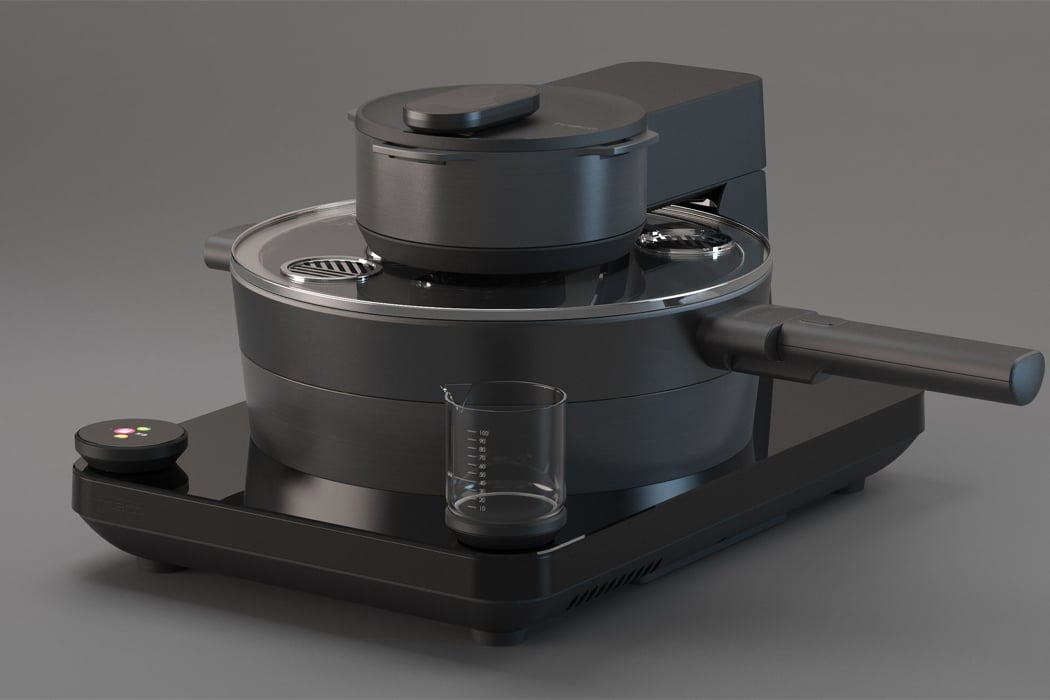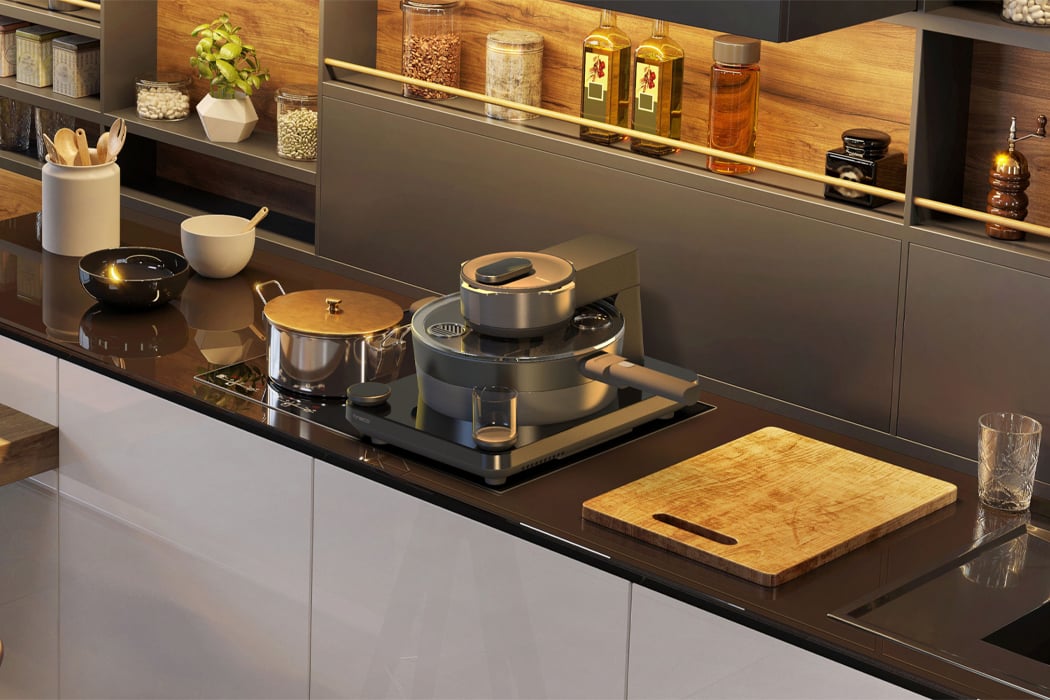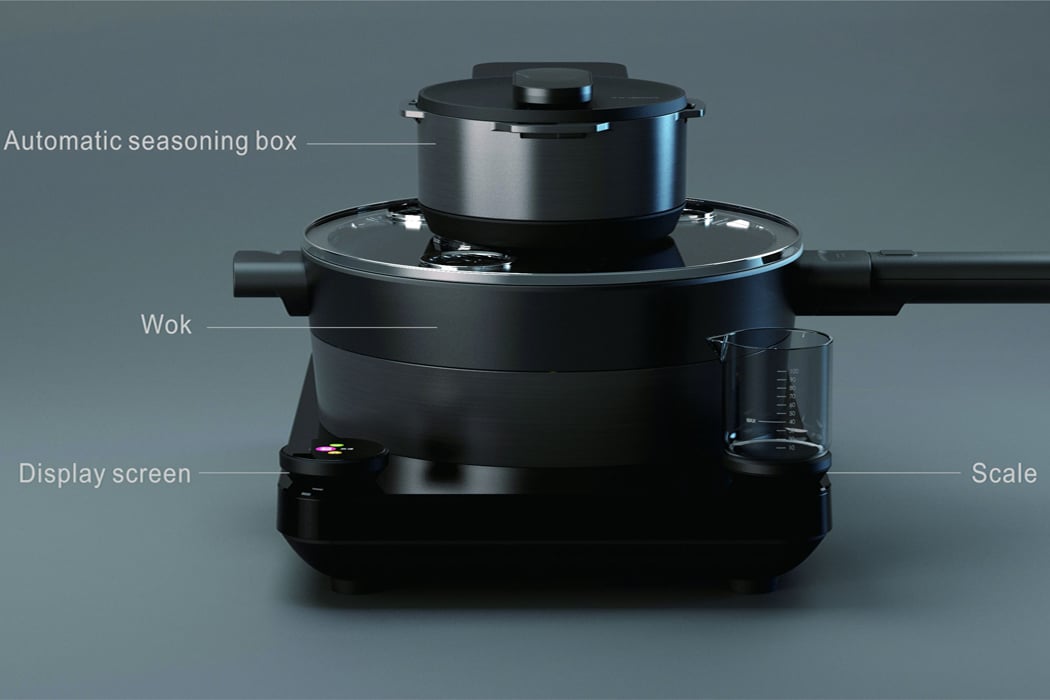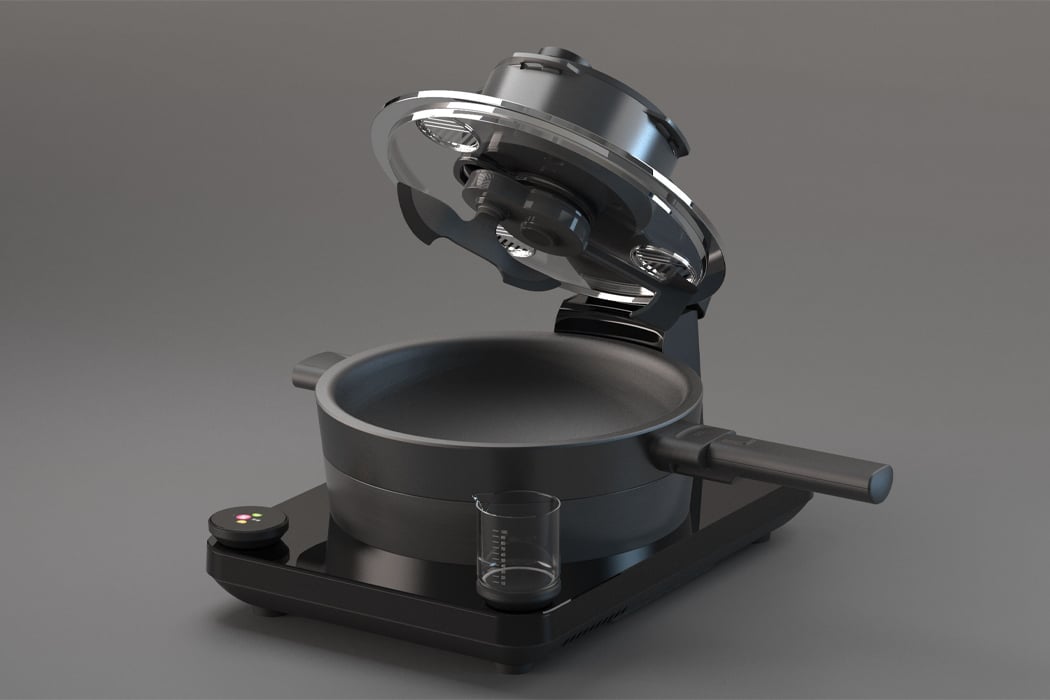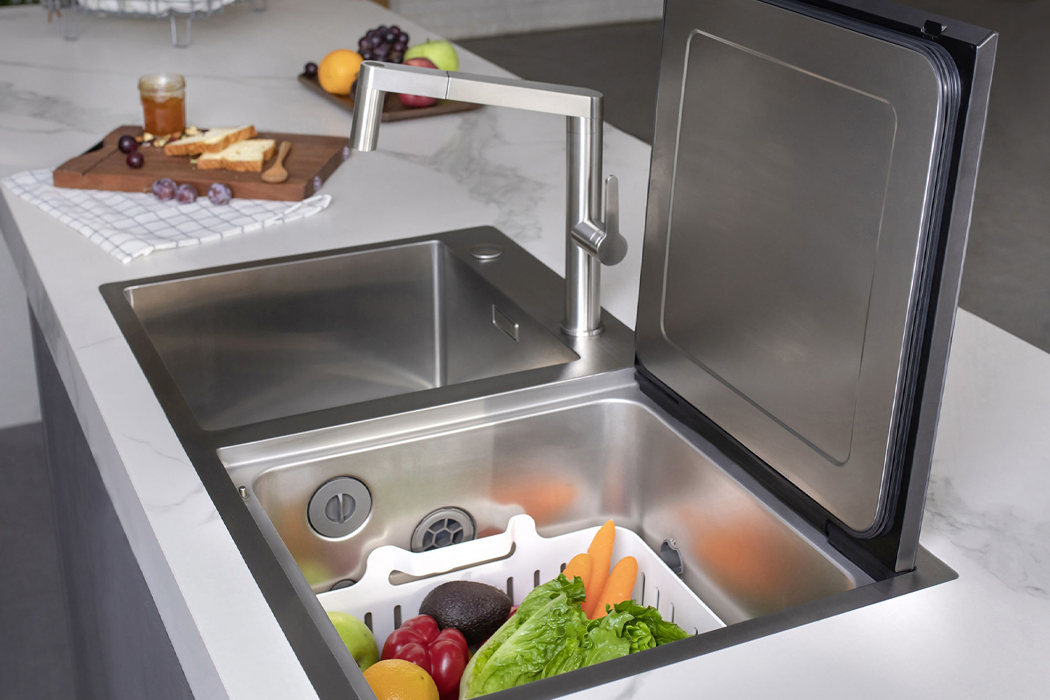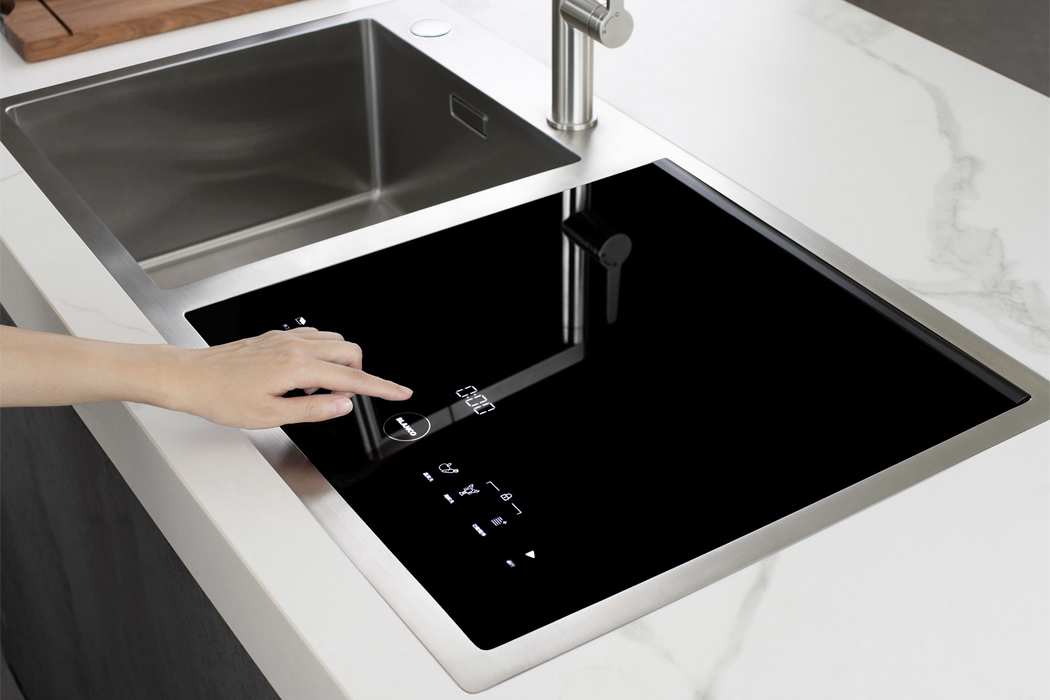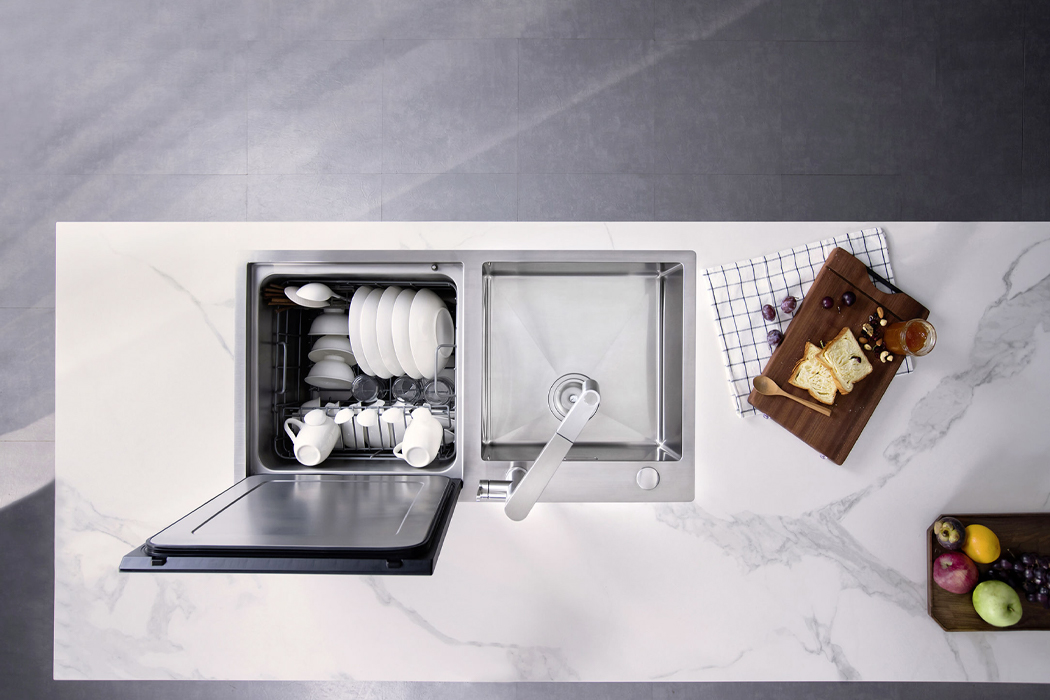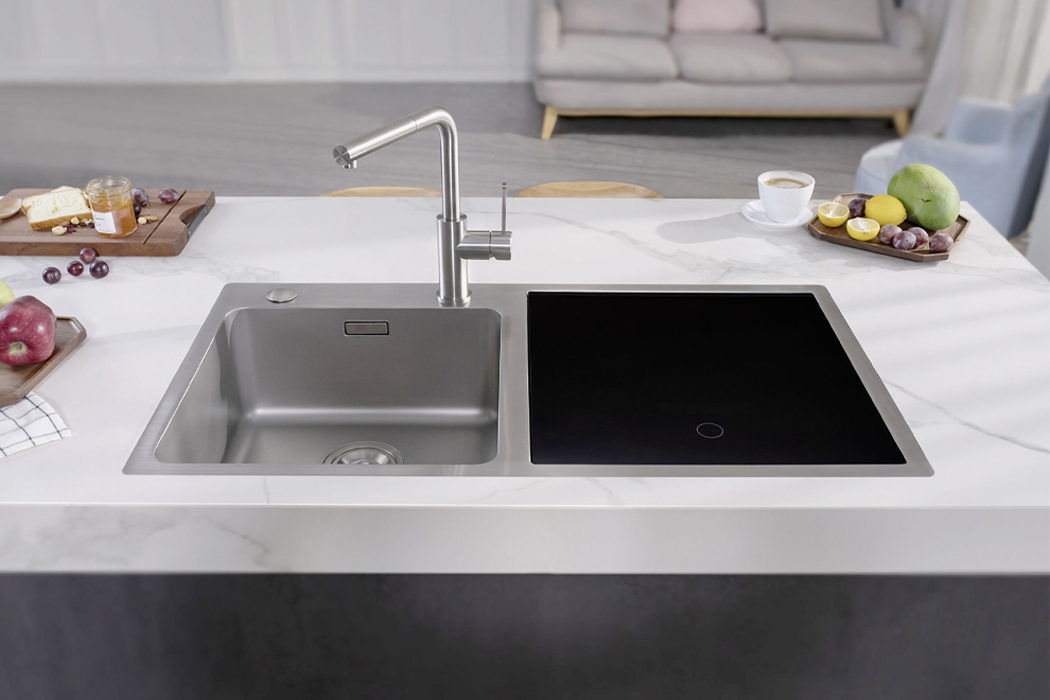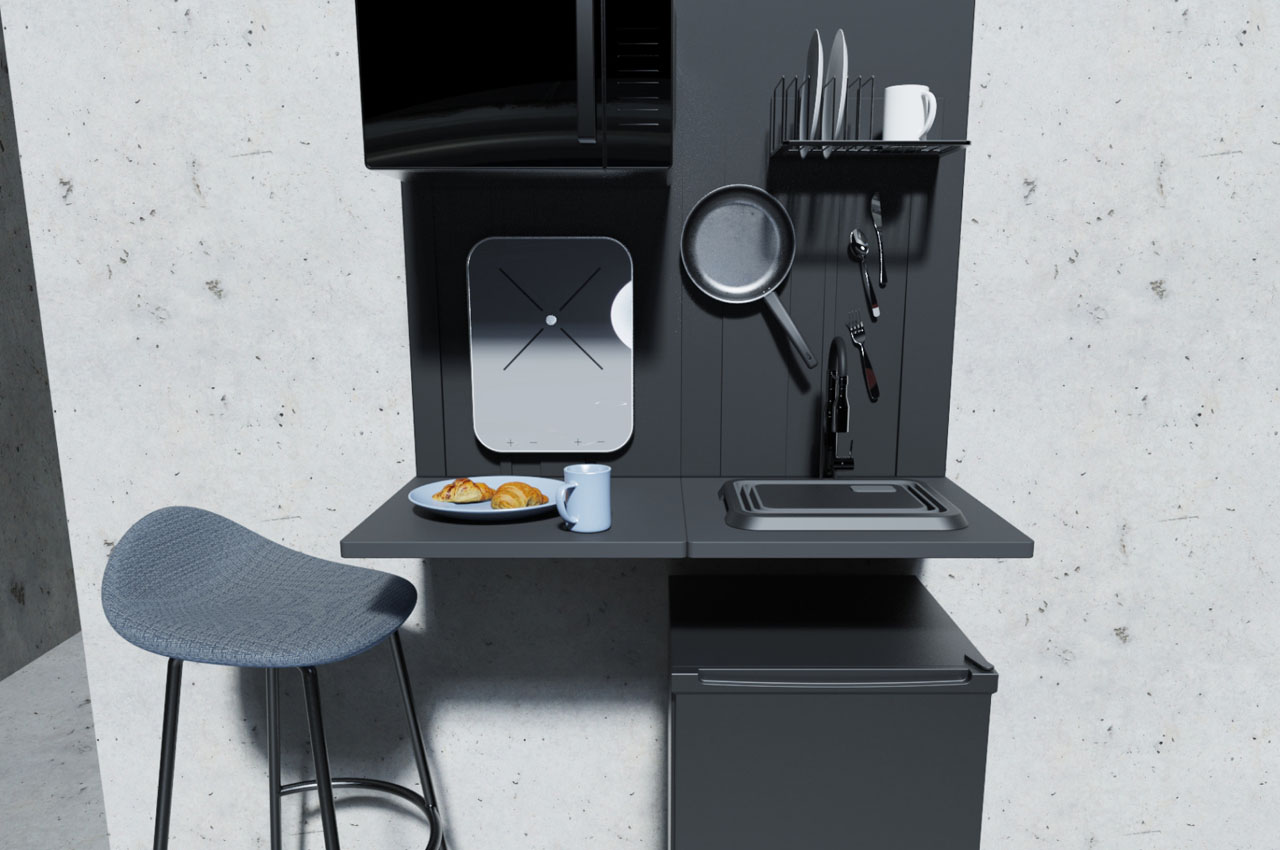
A functional kitchen countertop that employs magnetism to make optimum use of the vertical space available in a kitchen. Truly, a clever countertop design apt for city apartments and small kitchens where space-saving is the key.
Space is at a premium in modern studio apartments owing to the limited scope of keeping things like furniture or kitchen appliances. The latter is very important to organize properly, making use of every inch with intuition to save space without compromising function. It’s easier said than done when the right look for the kitchen is in question with the apt functionality of course. Designer Juliana Juleva wants to achieve this with her thoughtful design for a kitchen countertop that employs science to get the desired result.
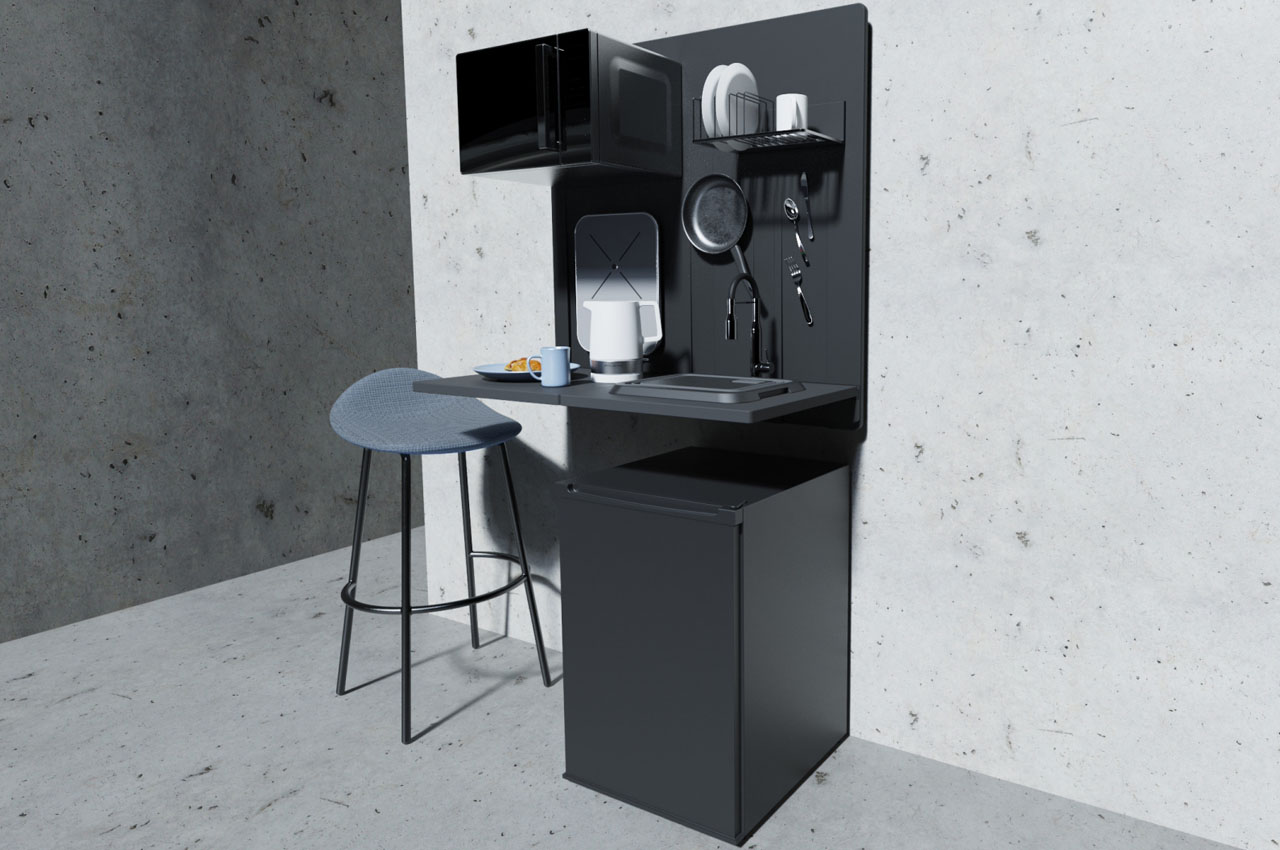
According to her (and I also agree), even when you choose the most compact accessories and appliances, they still eat up a lot of space. This is attributed to their own individual design philosophies and shape. Any which way, with the smallest sized appliances and kitchen accessories, the convenient and practical aspect is still unfulfilled. In small studio apartments, the kitchen unintentionally becomes the center of attention due to this and the magnetic kitchen proposed by Juliana sets things right in the most subtle way. The one square meter magnetic panel seen here is fixed to the wall and acts as the base for the compact countertop that has a cutting board that doubles as a folding sink (or vice versa) and of course the magnetic properties to keep all the utensils in place.
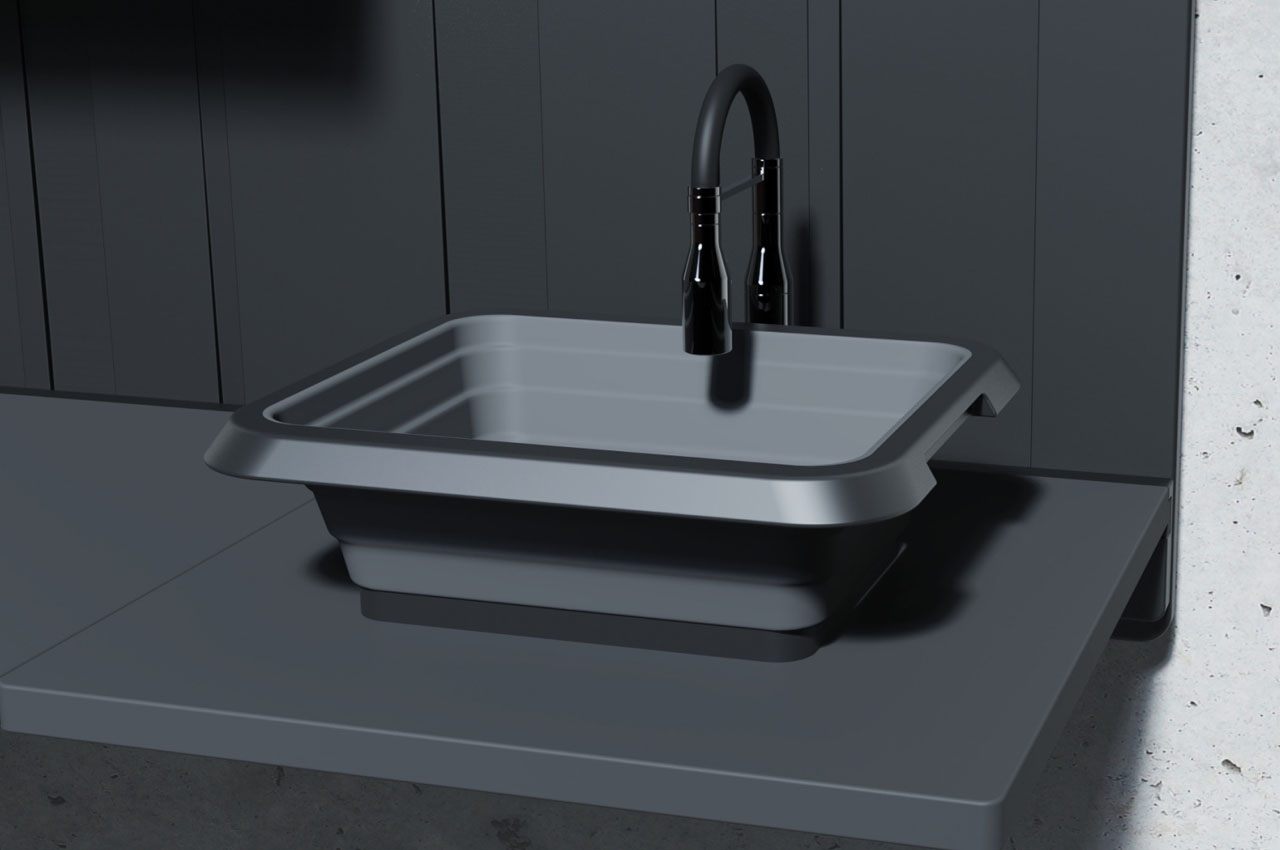
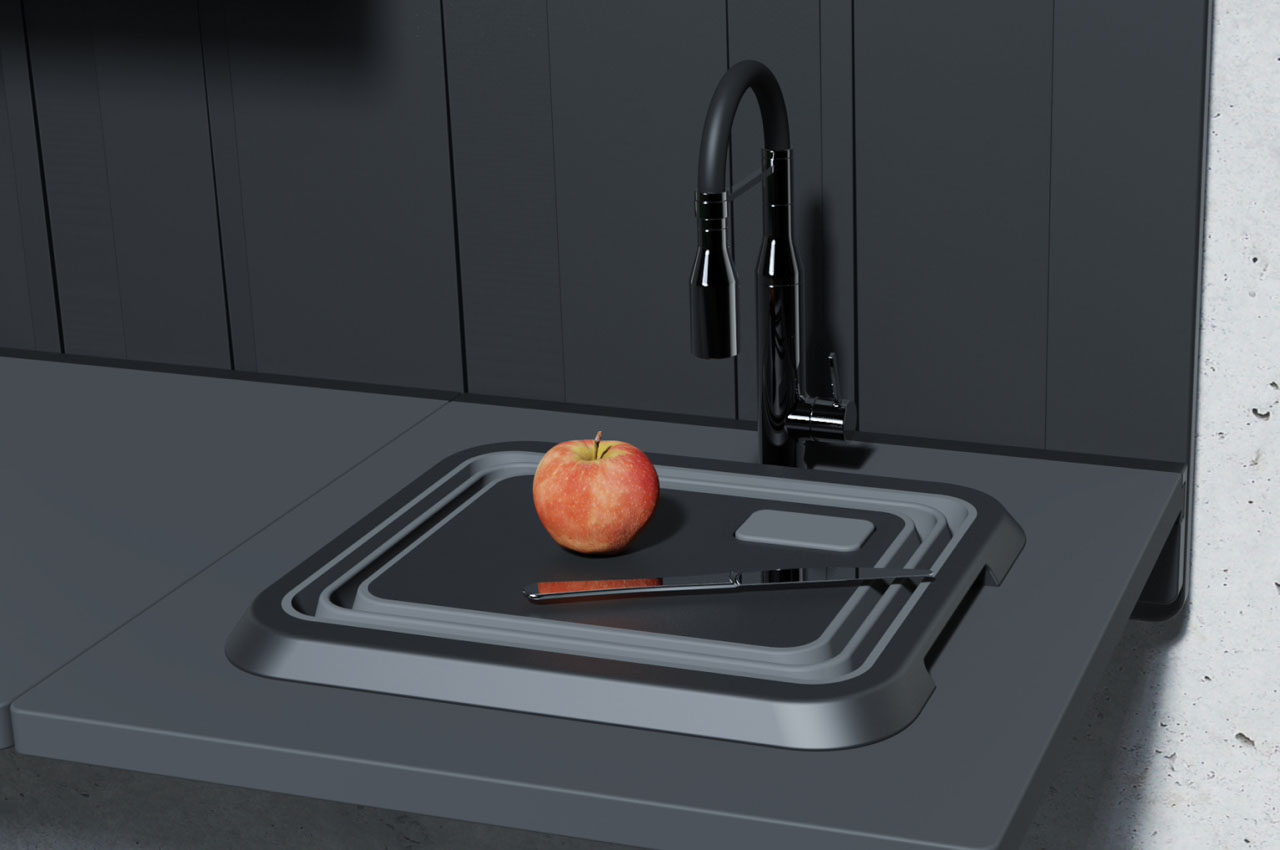
The sink can be concealed from plain sight to increase the kitchen’s working space and used as a cutting board for random use. Anything that sticks to a magnet can be put up on the vertical section – things like spoons, forks, pans, induction cooktop, oven, or custom-made shelves which further hold the plates and other non-magnetic objects. The limitation here is the objects need to be made of metal housing to stay put in place. For other things like water bottles or mugs, the horizontal countertop makes up for the required space. A mini-fridge can be placed under the sink area to make more optimum use of available space.
Designer: Juliana Juleva
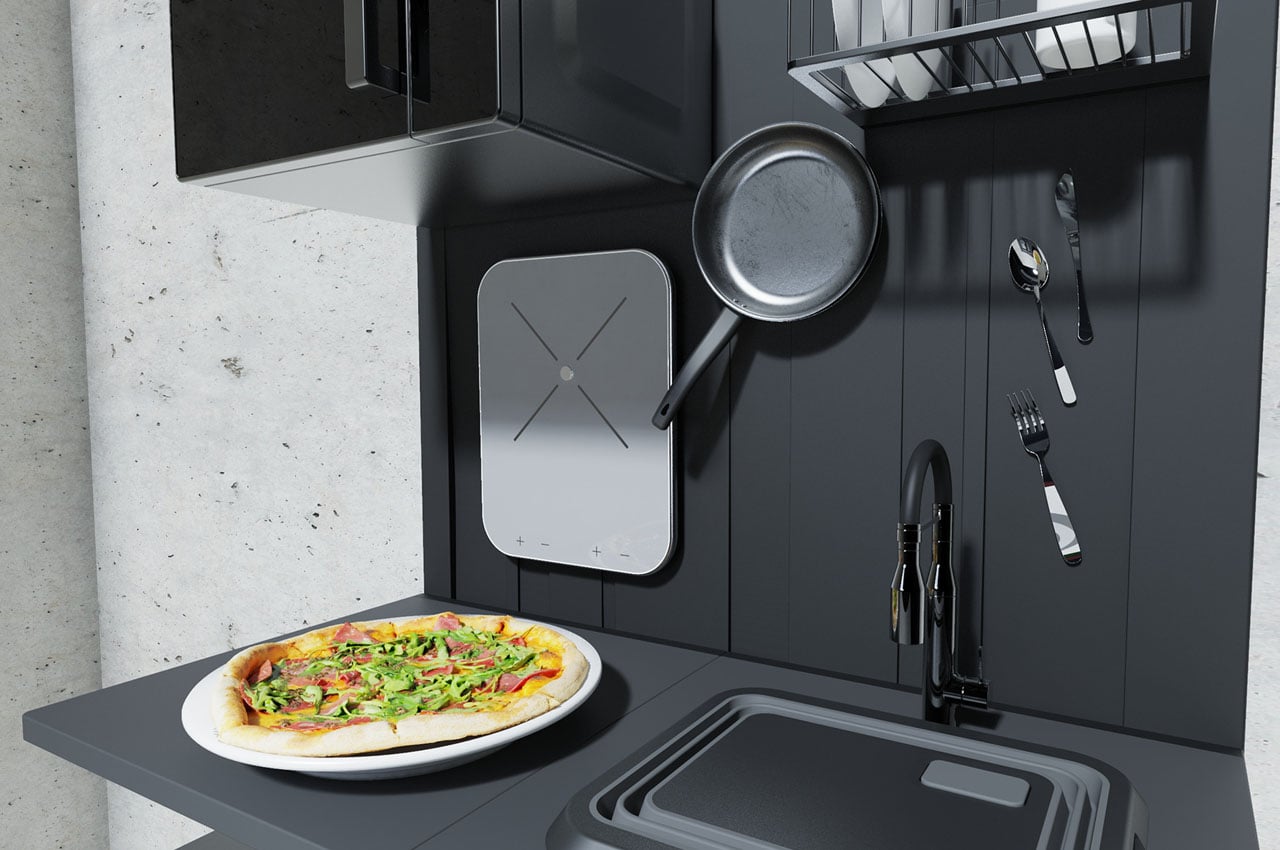
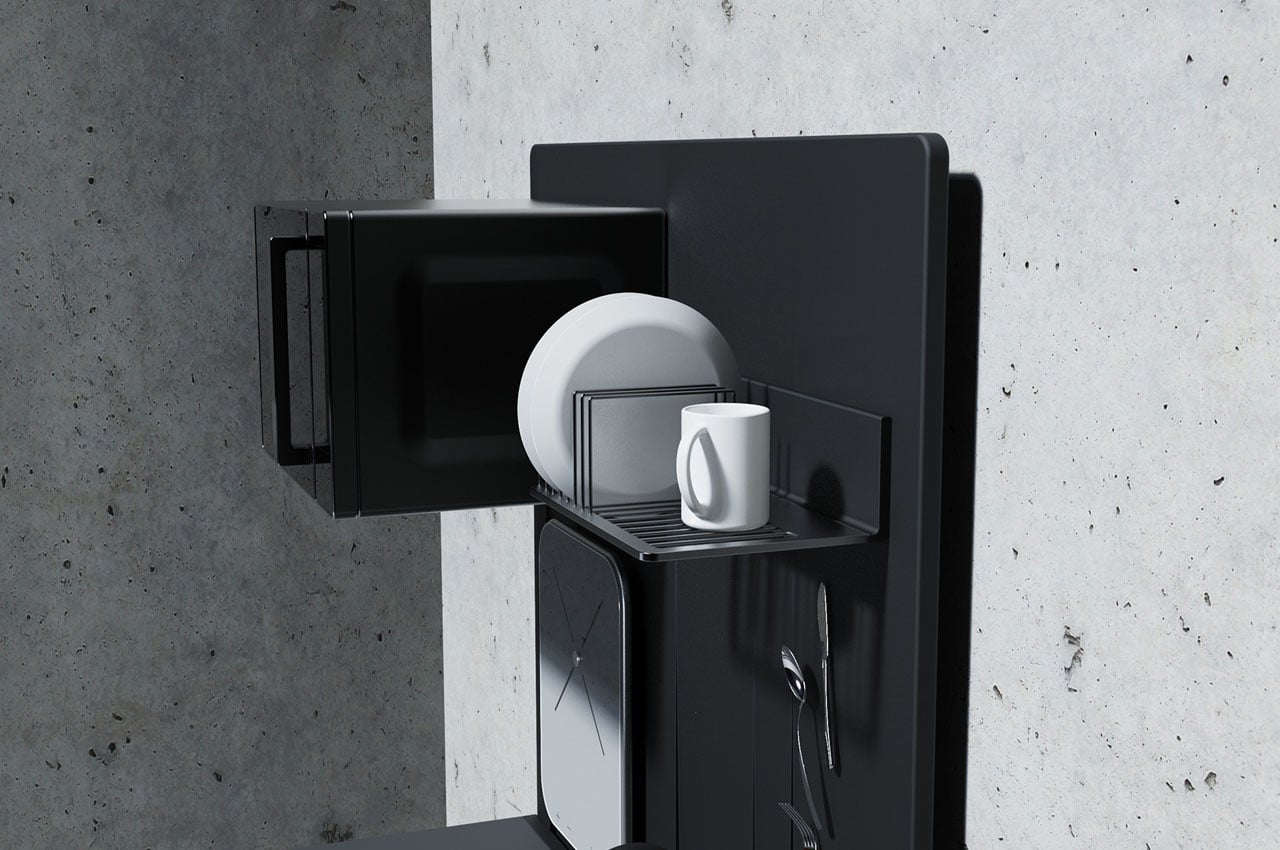

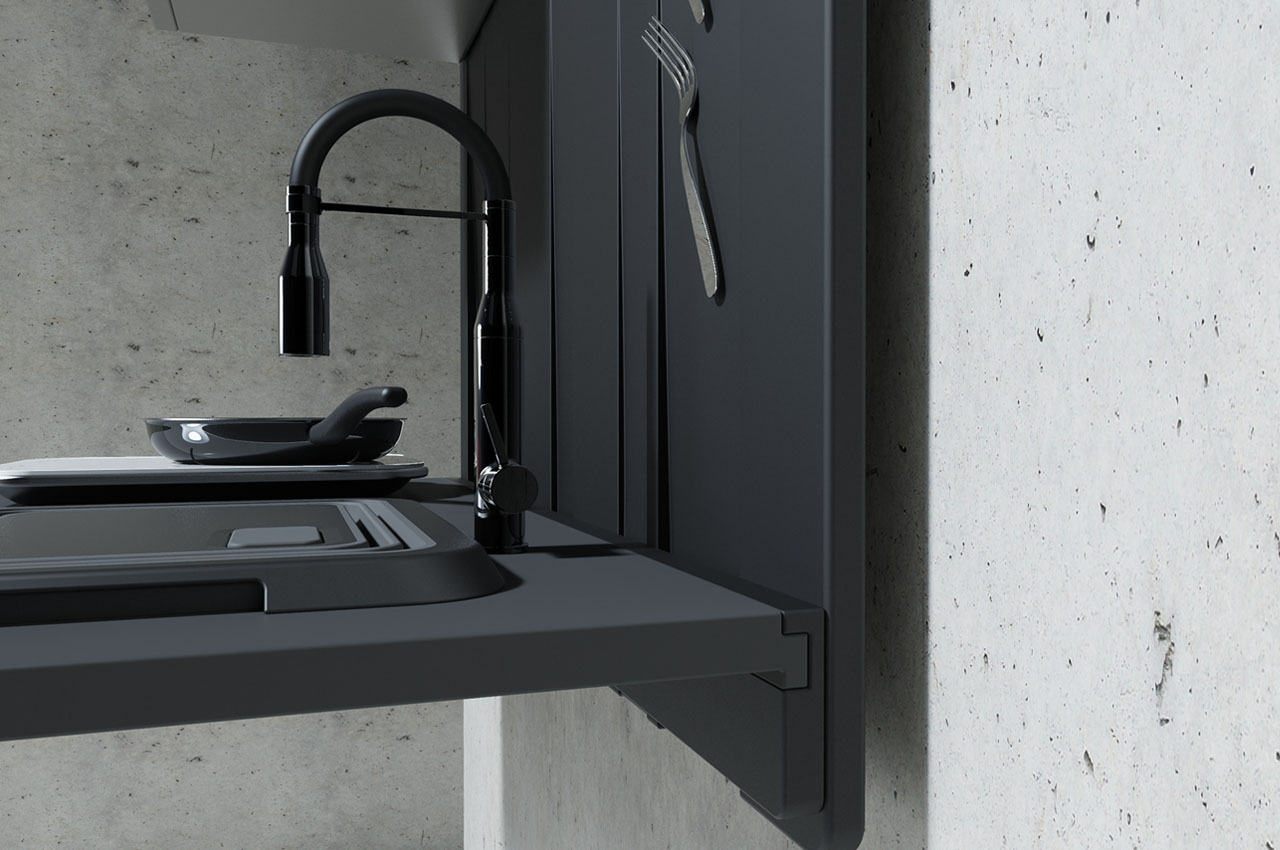
The post This tiny functional magnetic kitchen countertop makes optimum use of compact space first appeared on Yanko Design.
